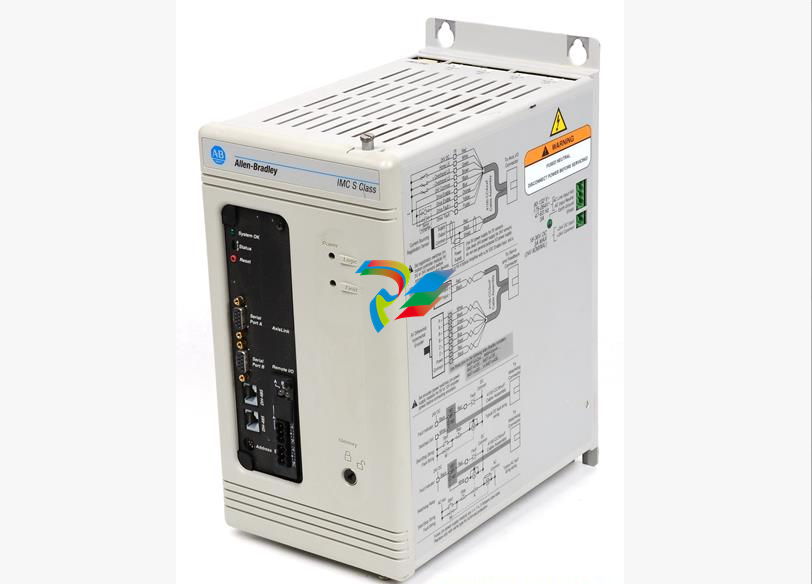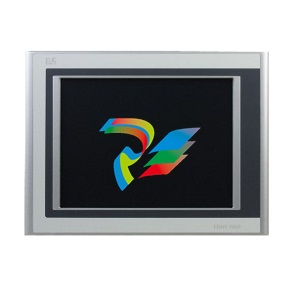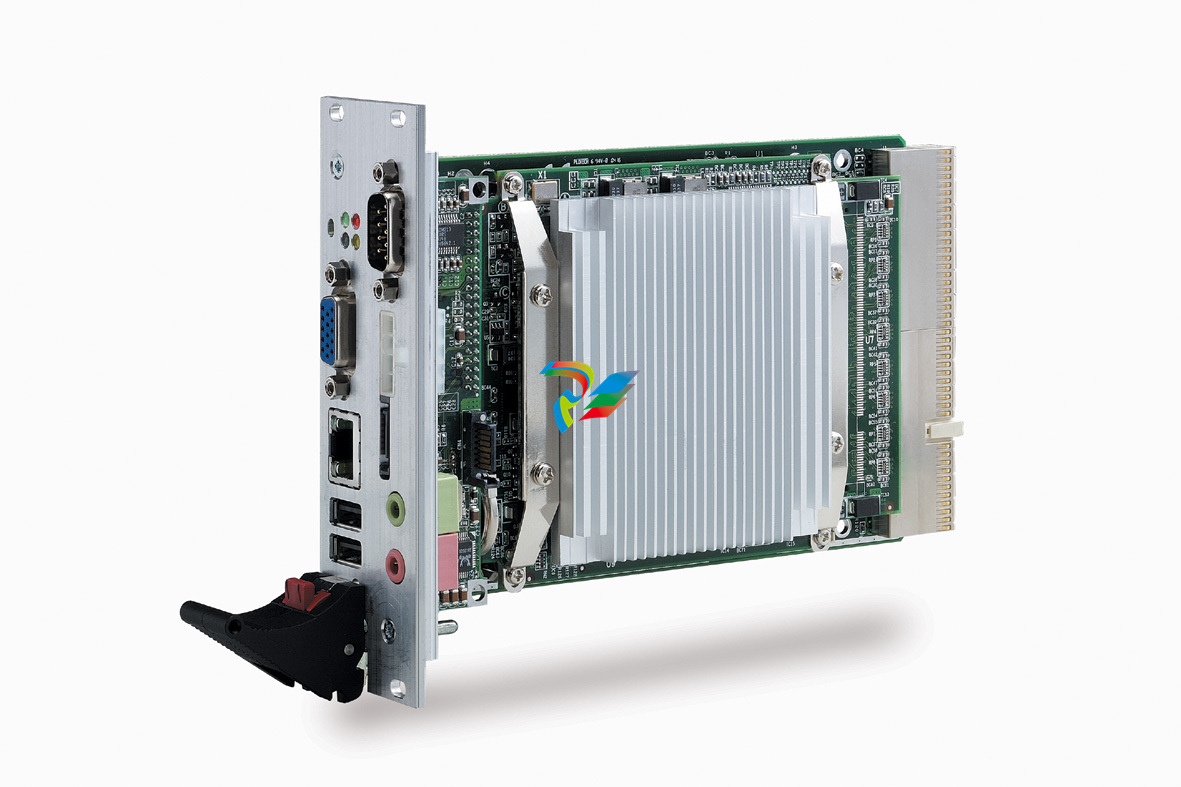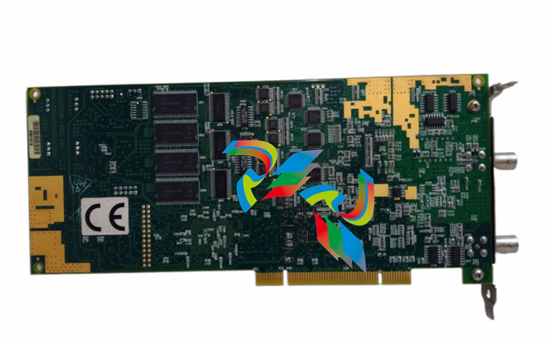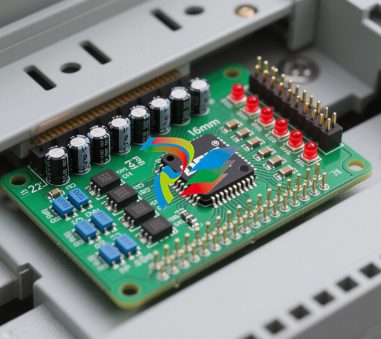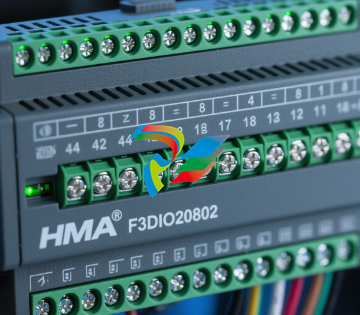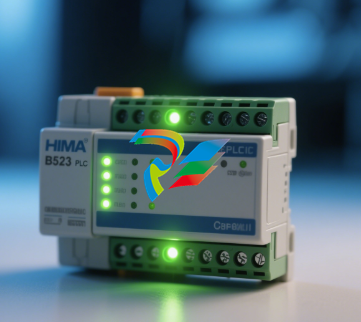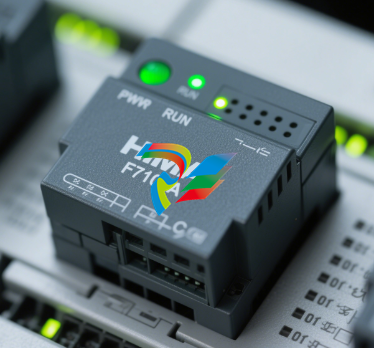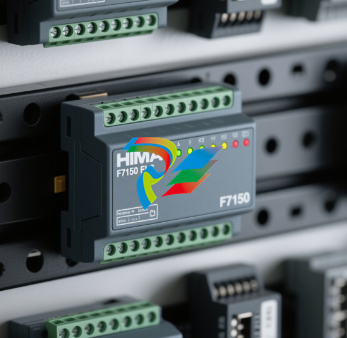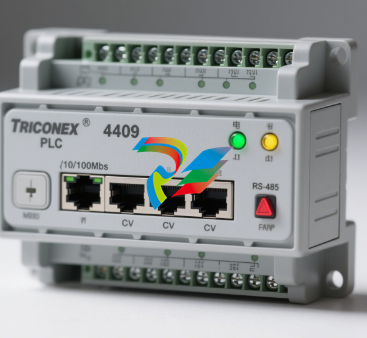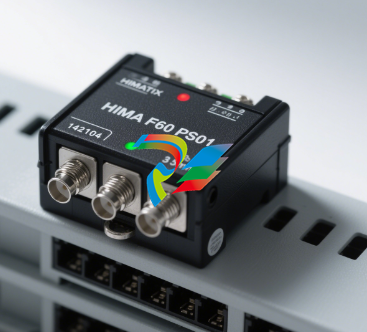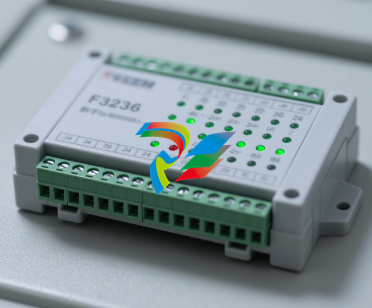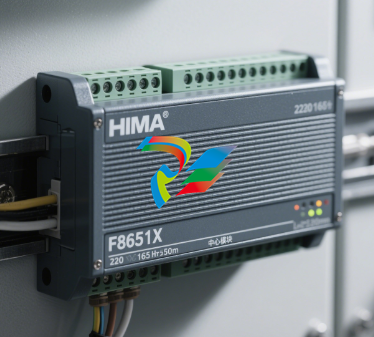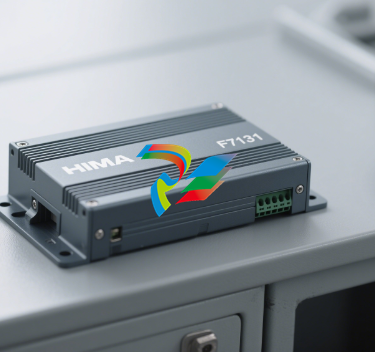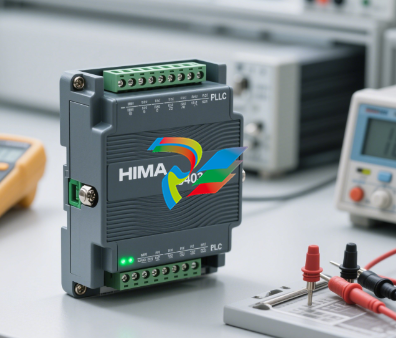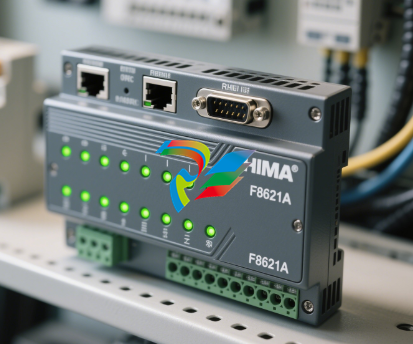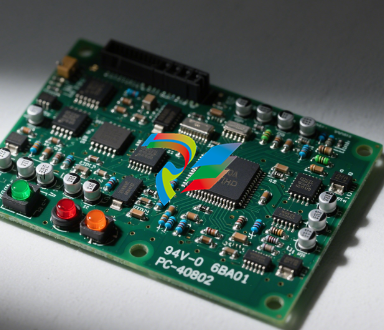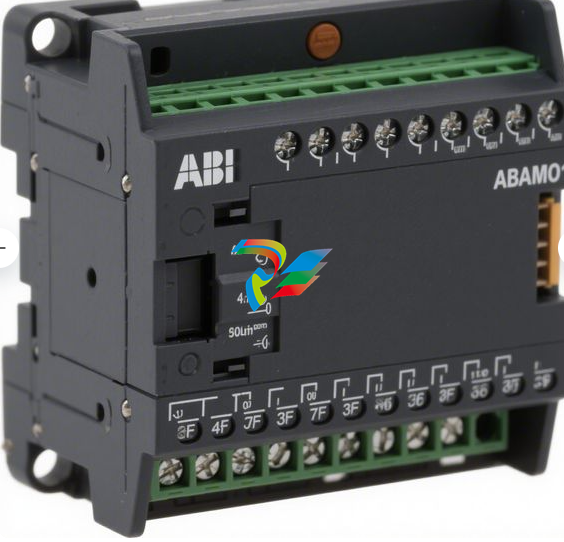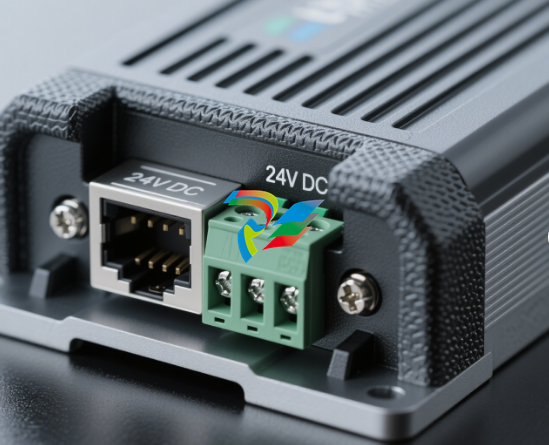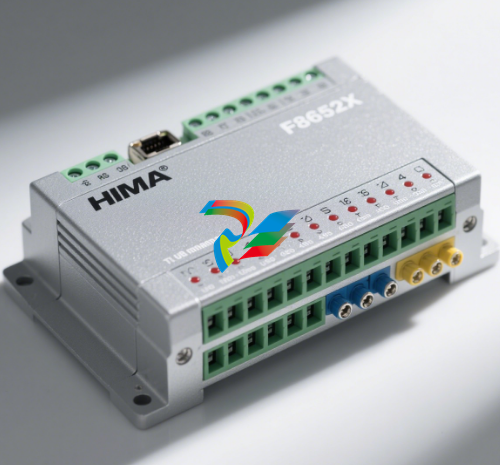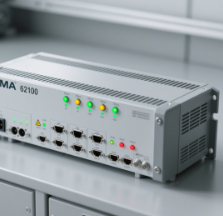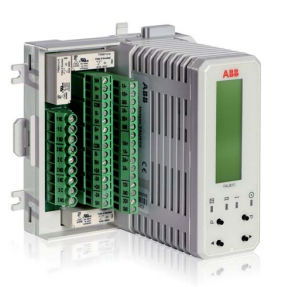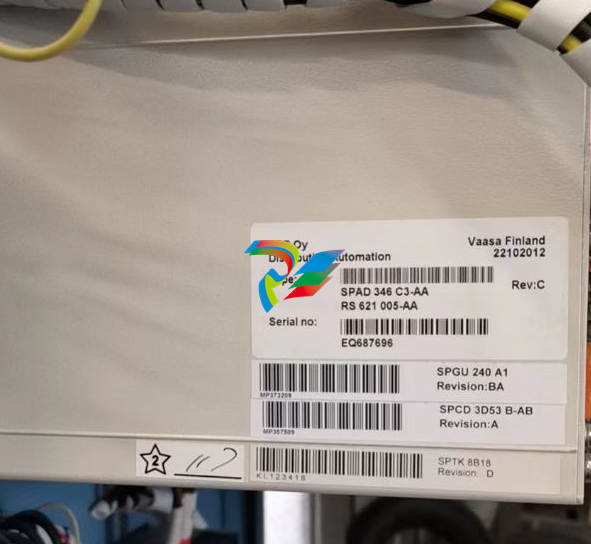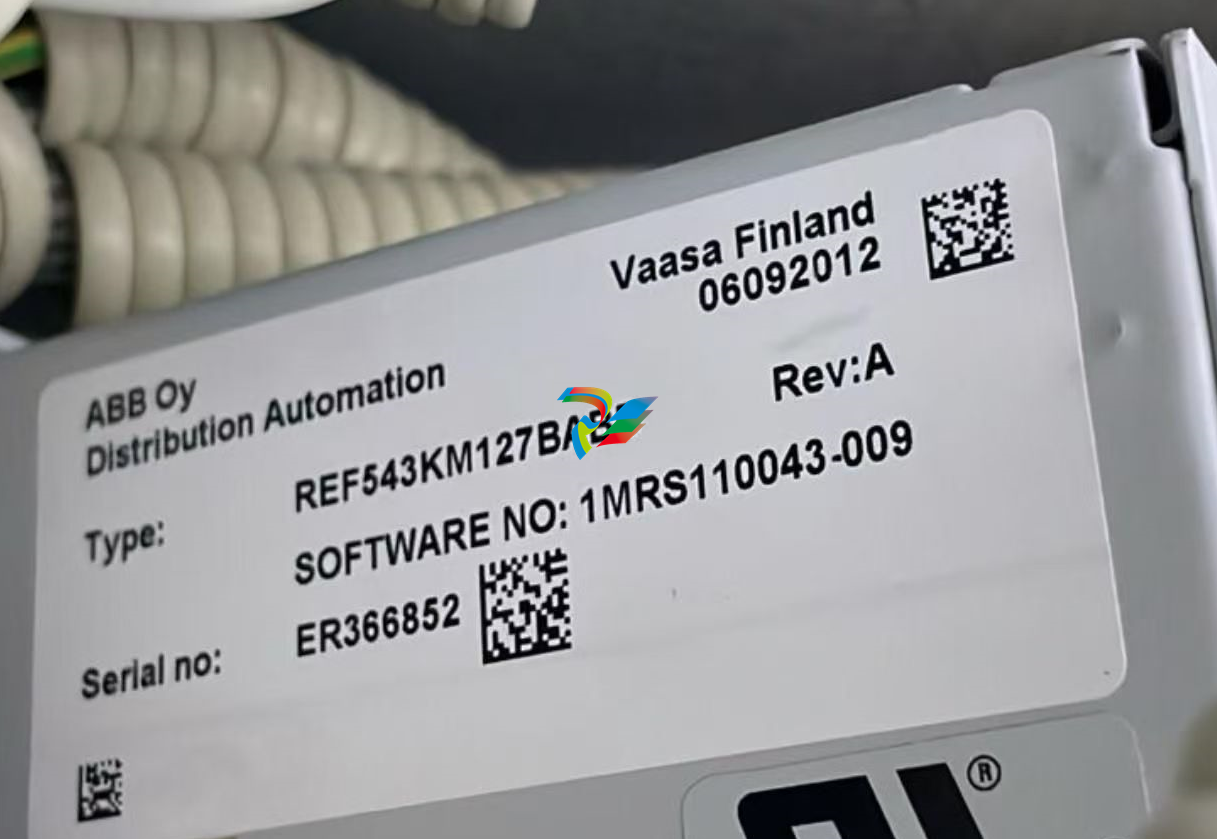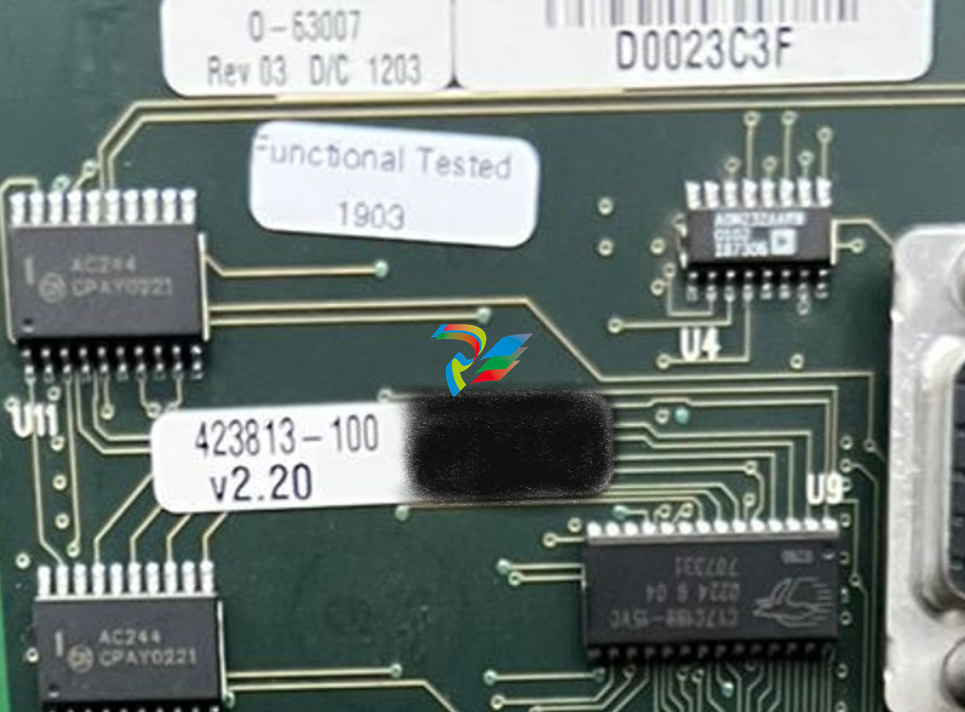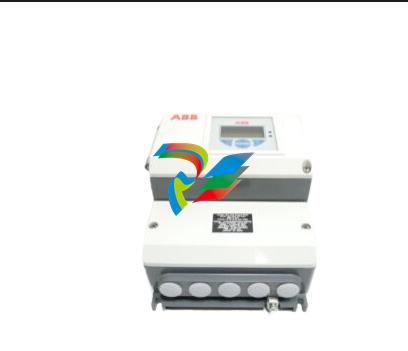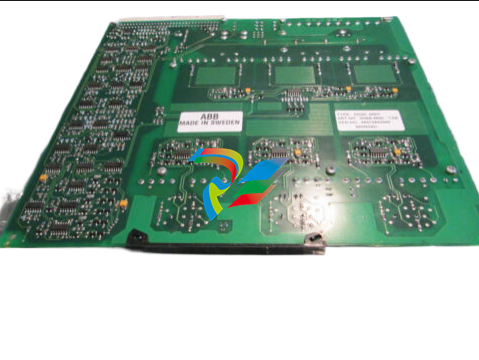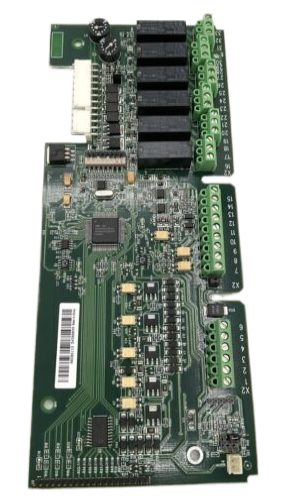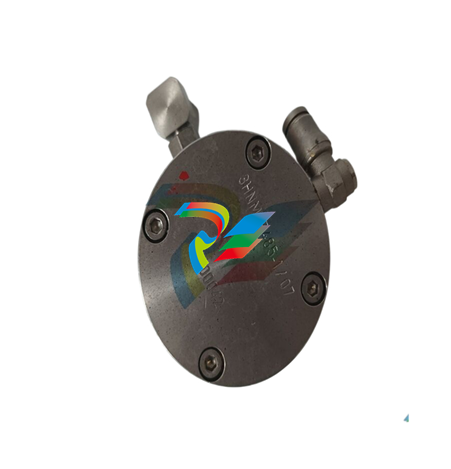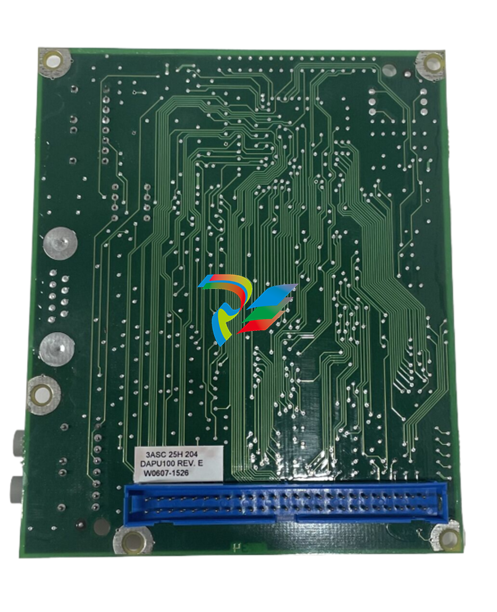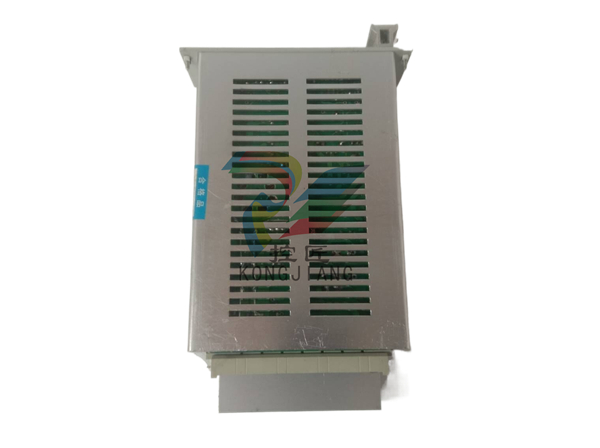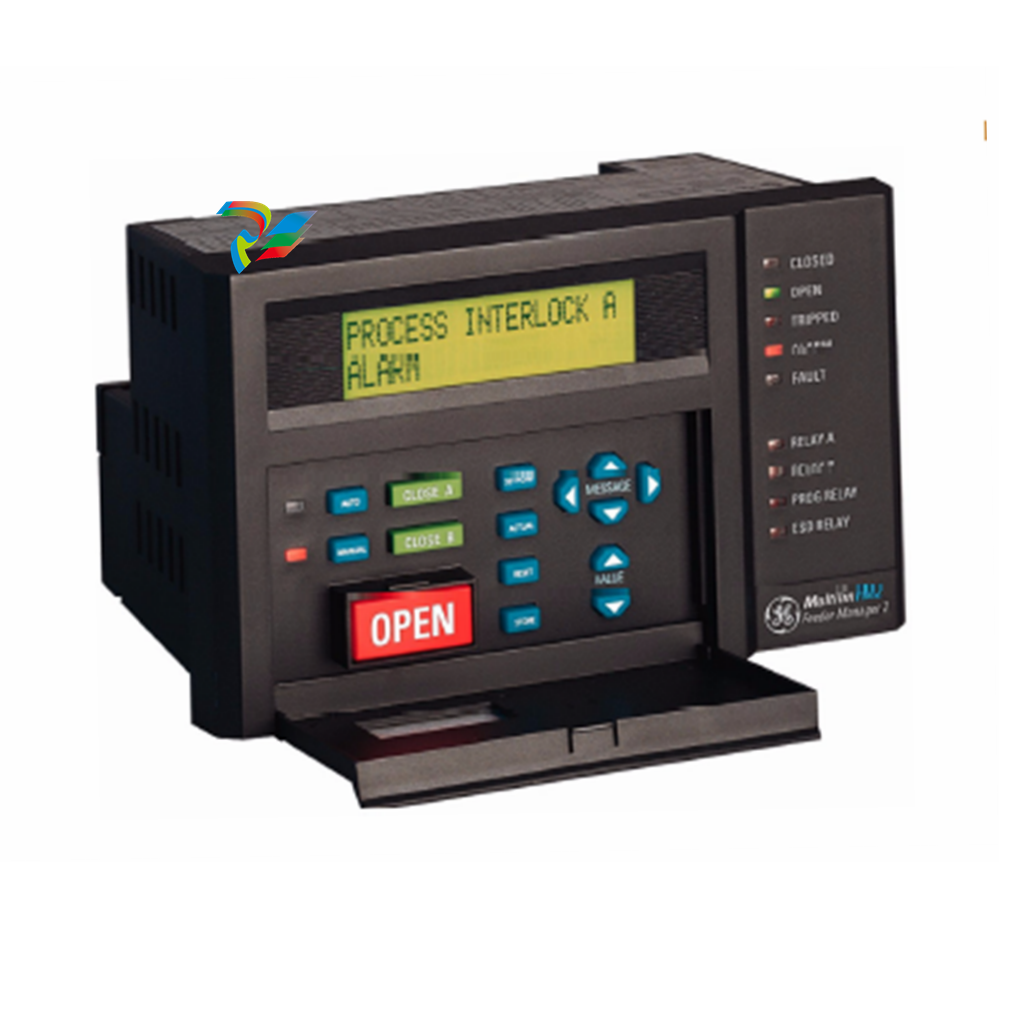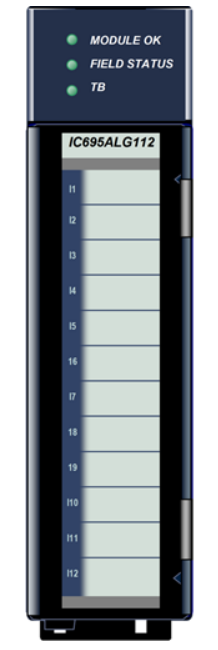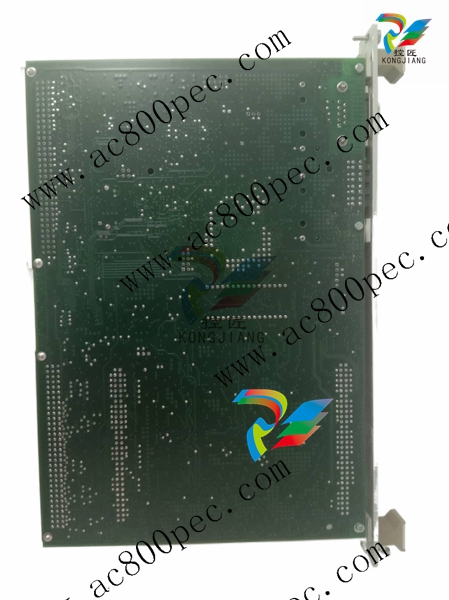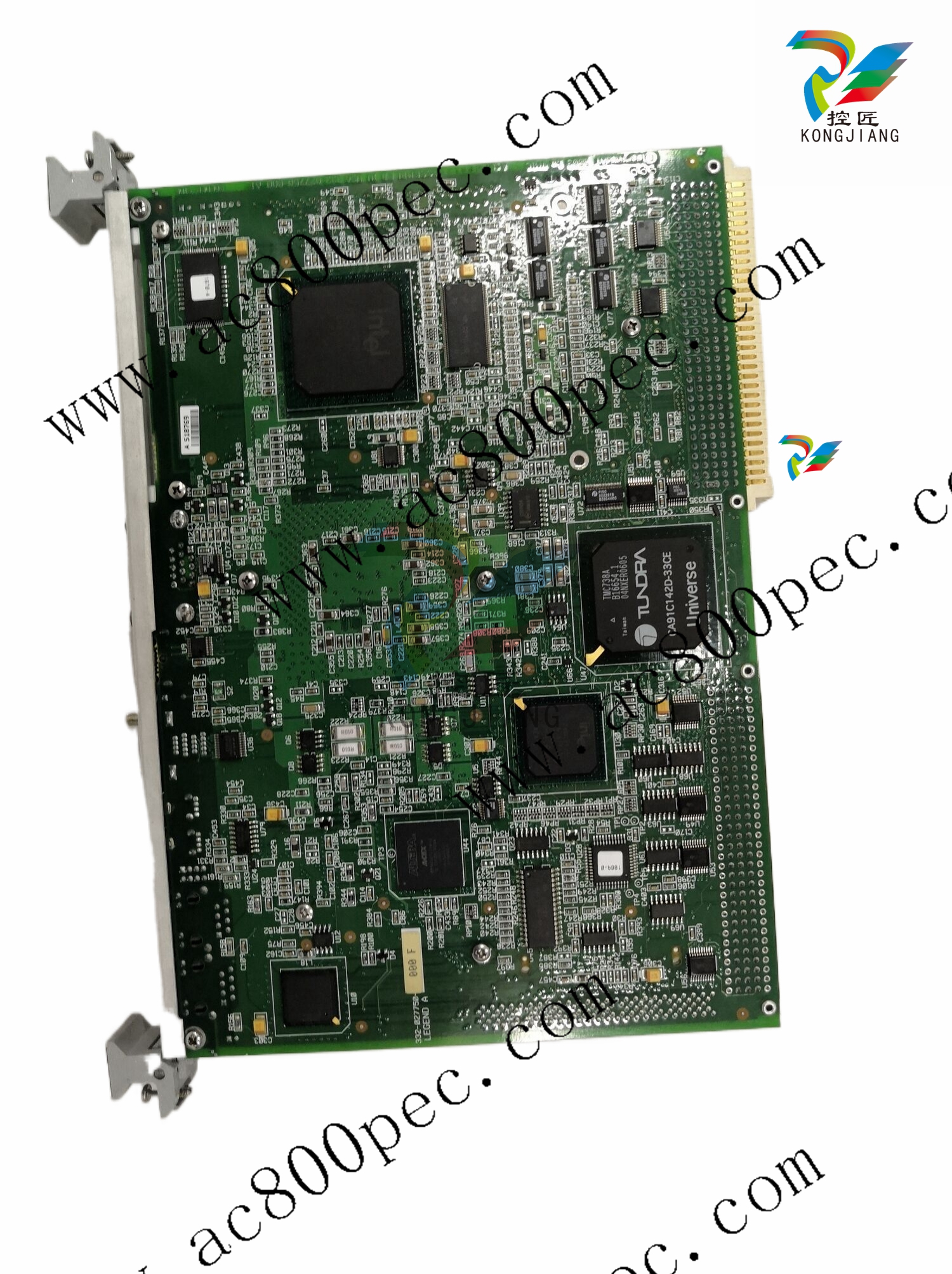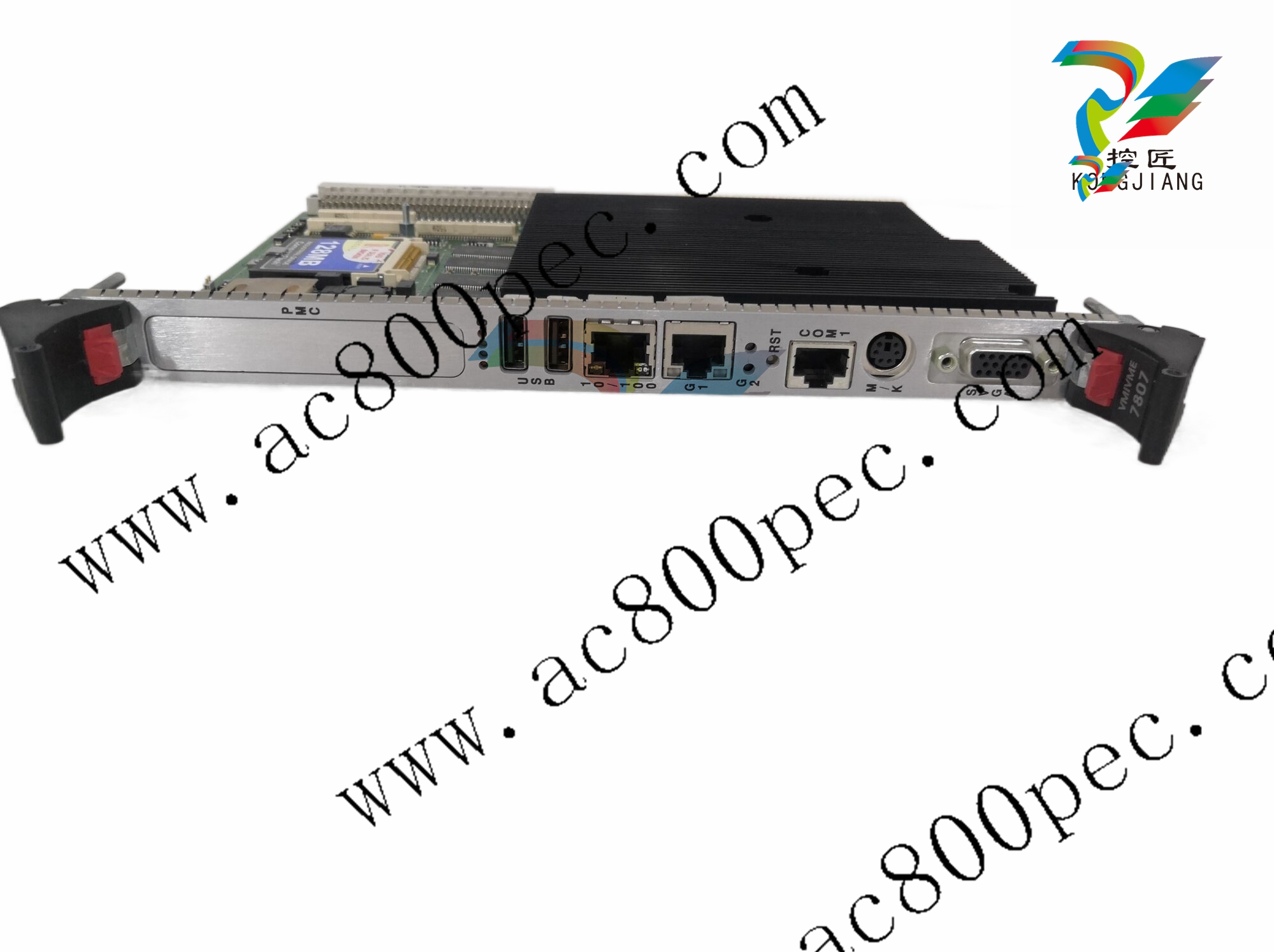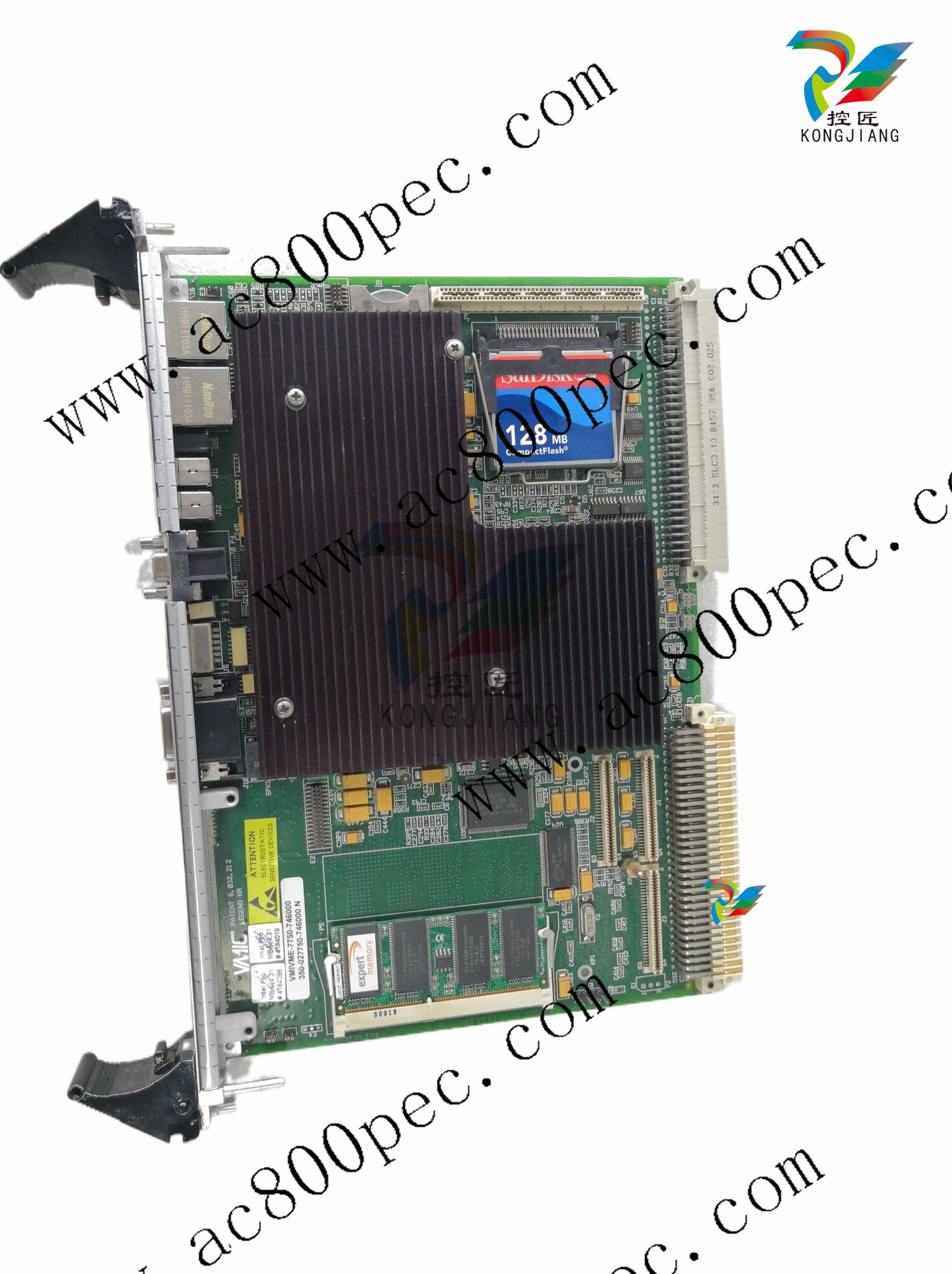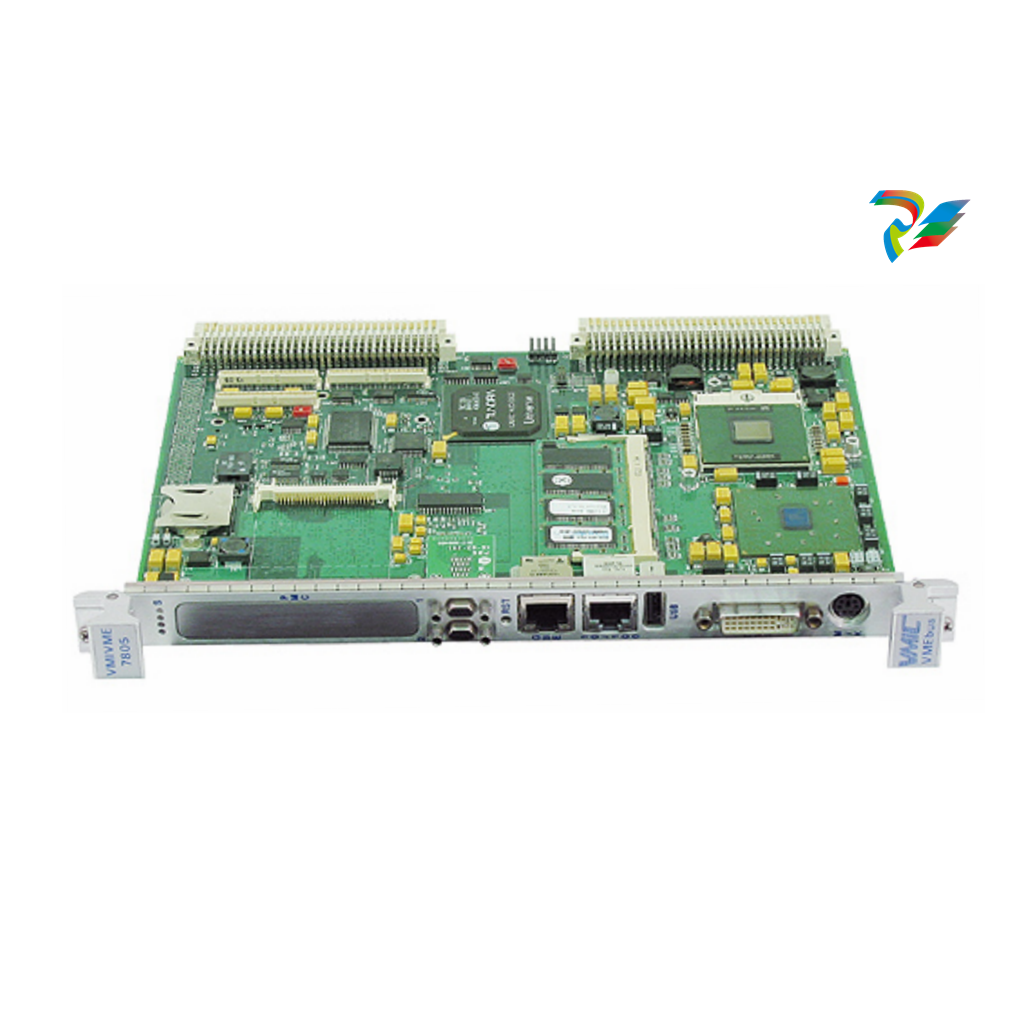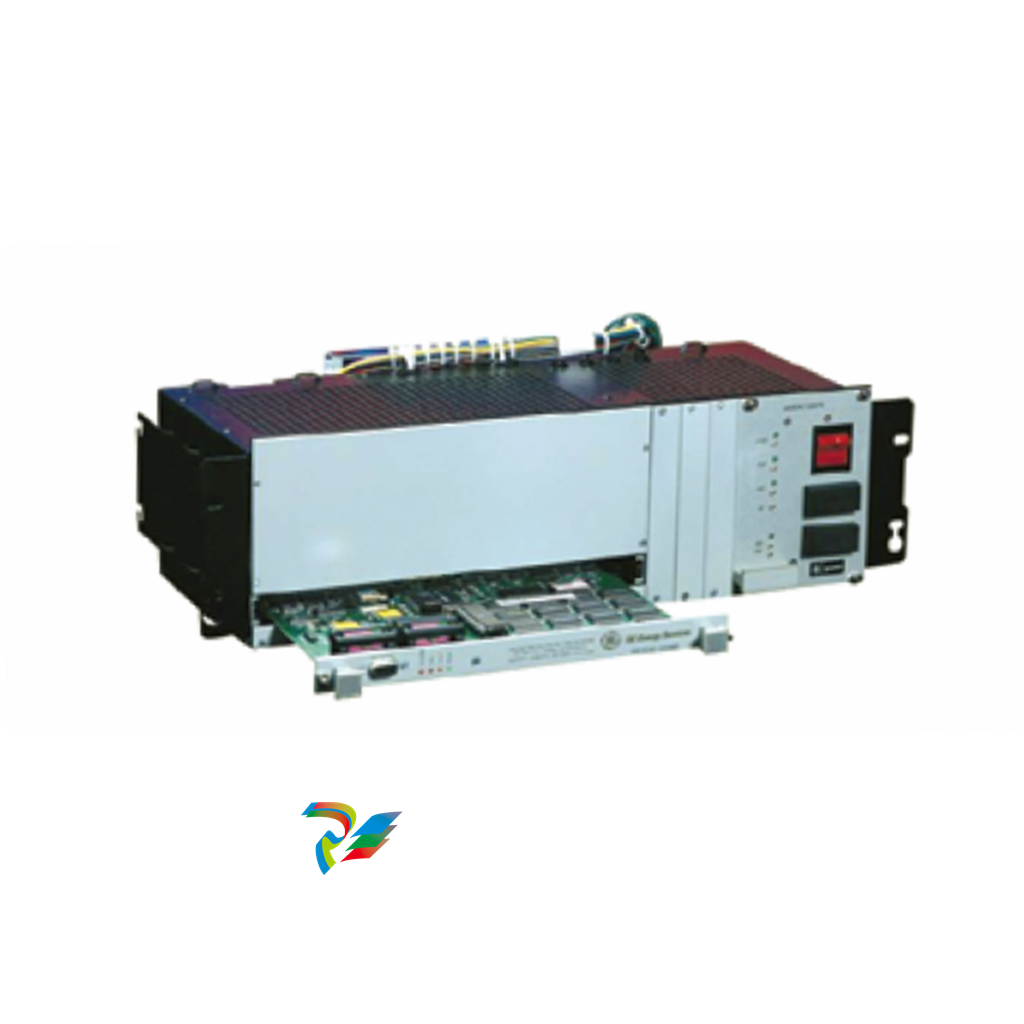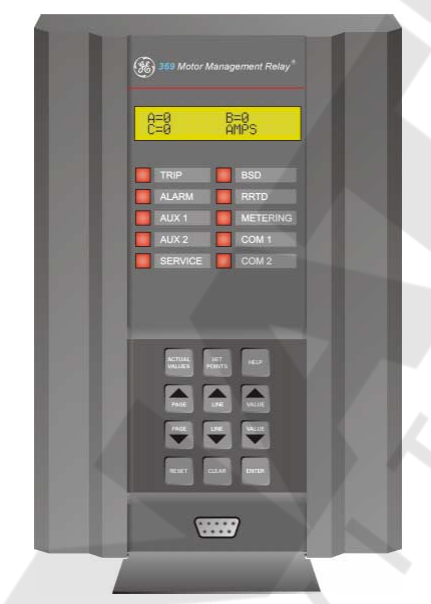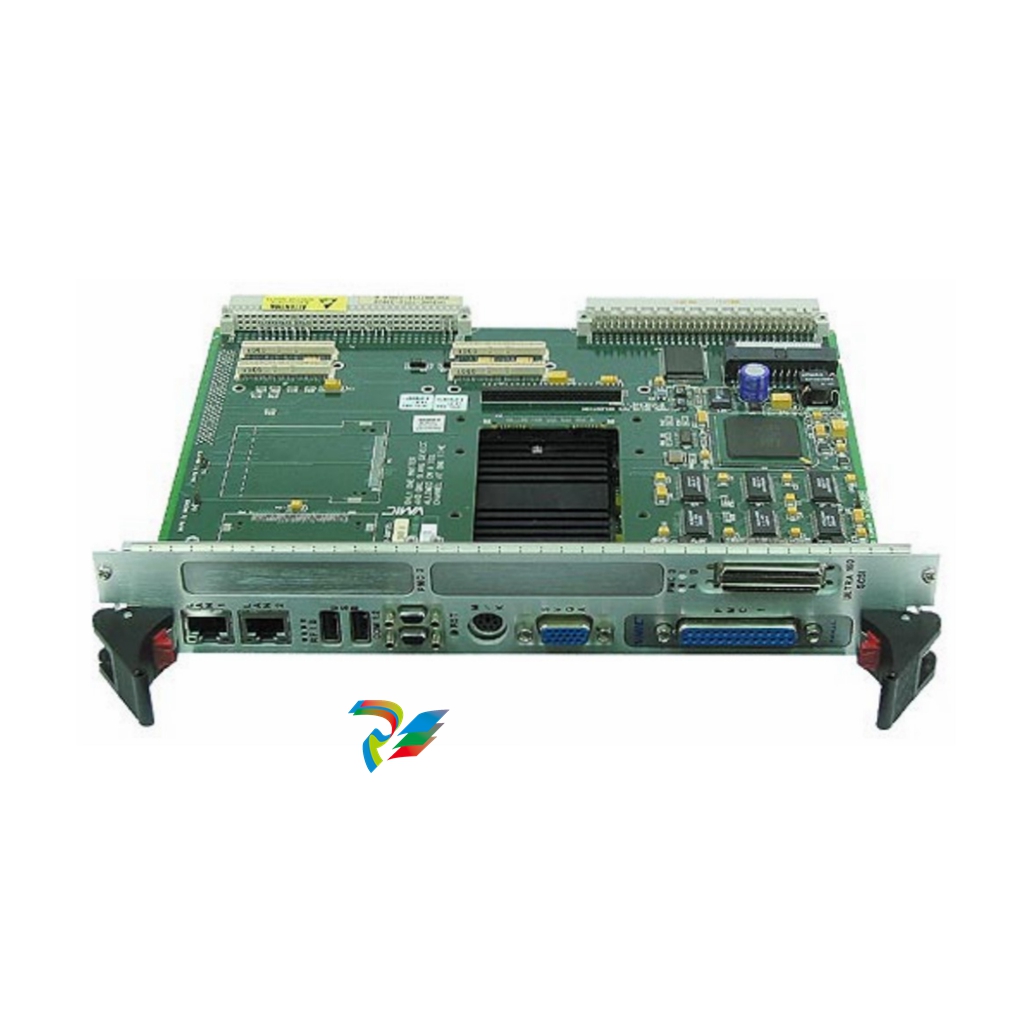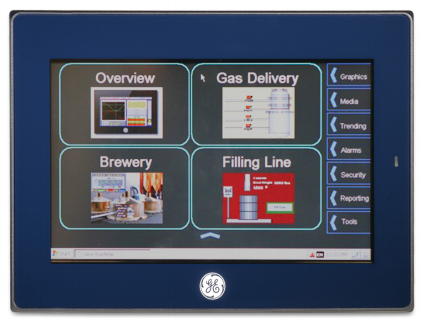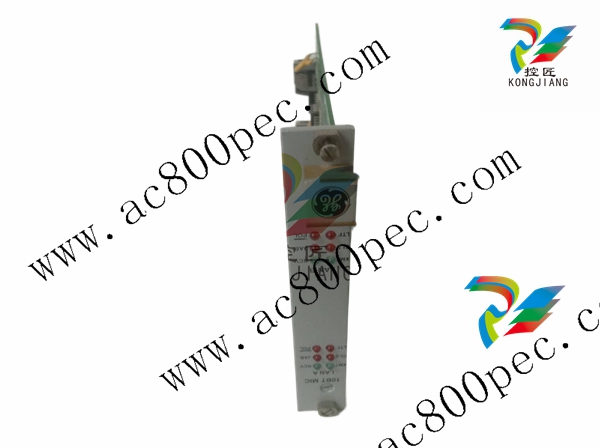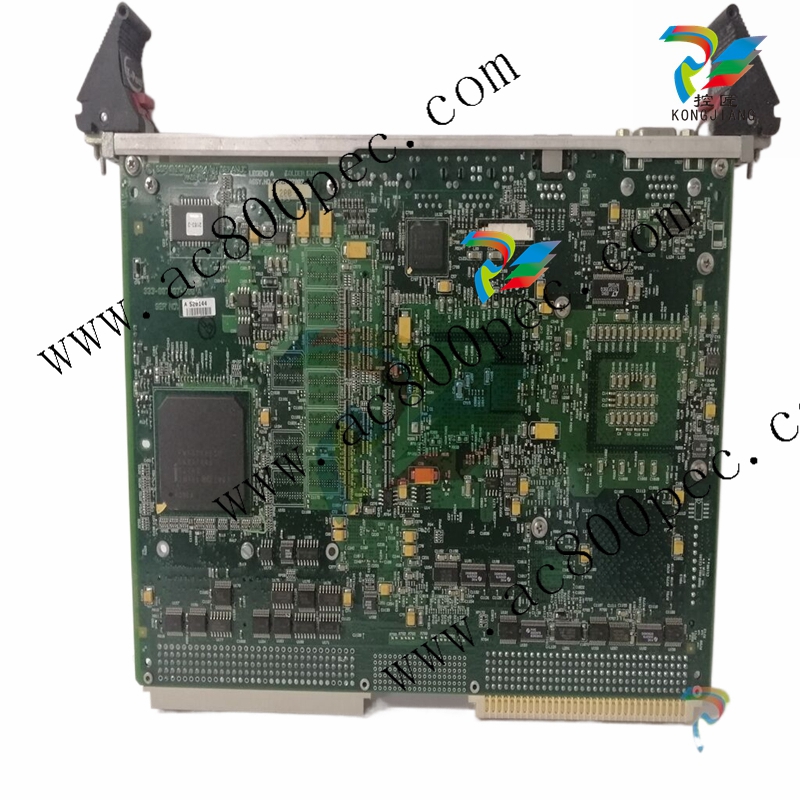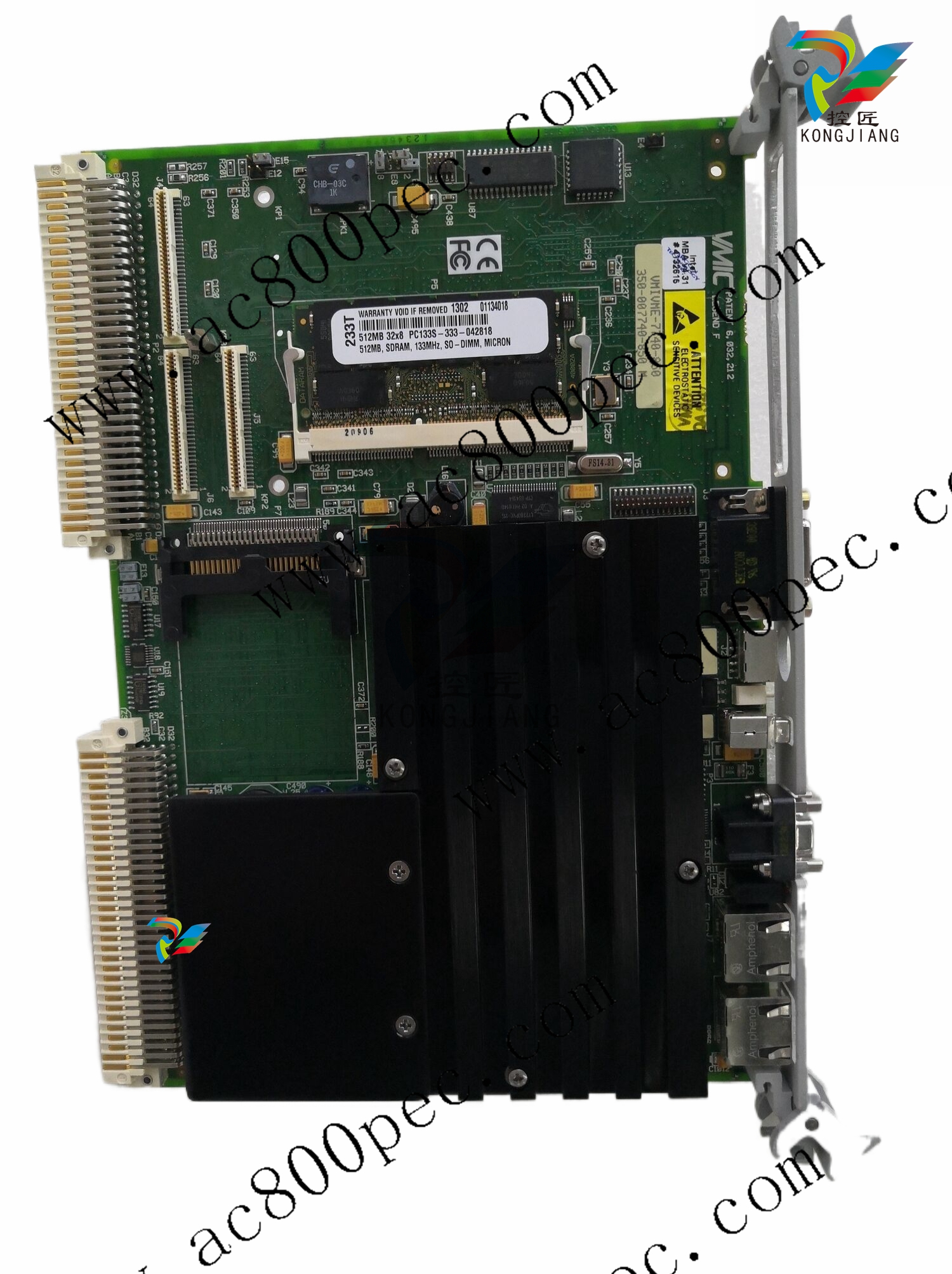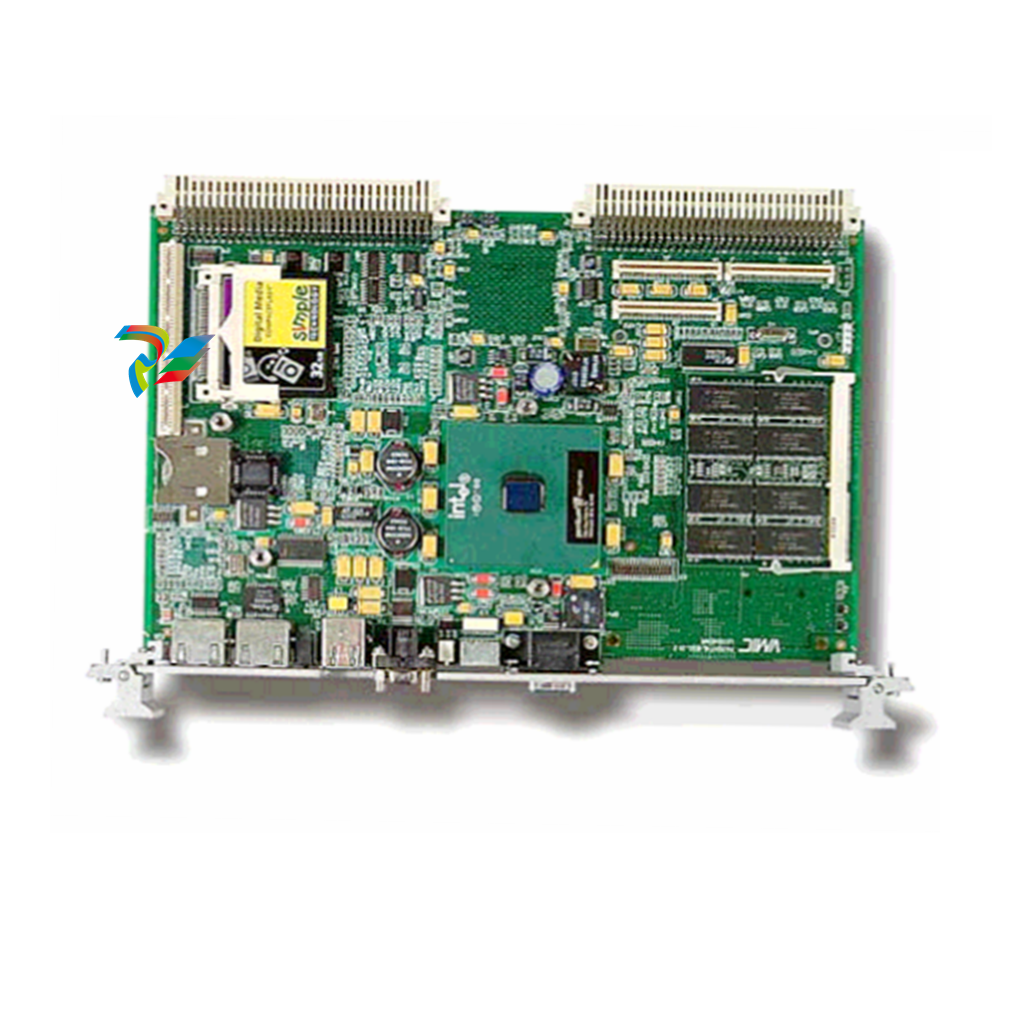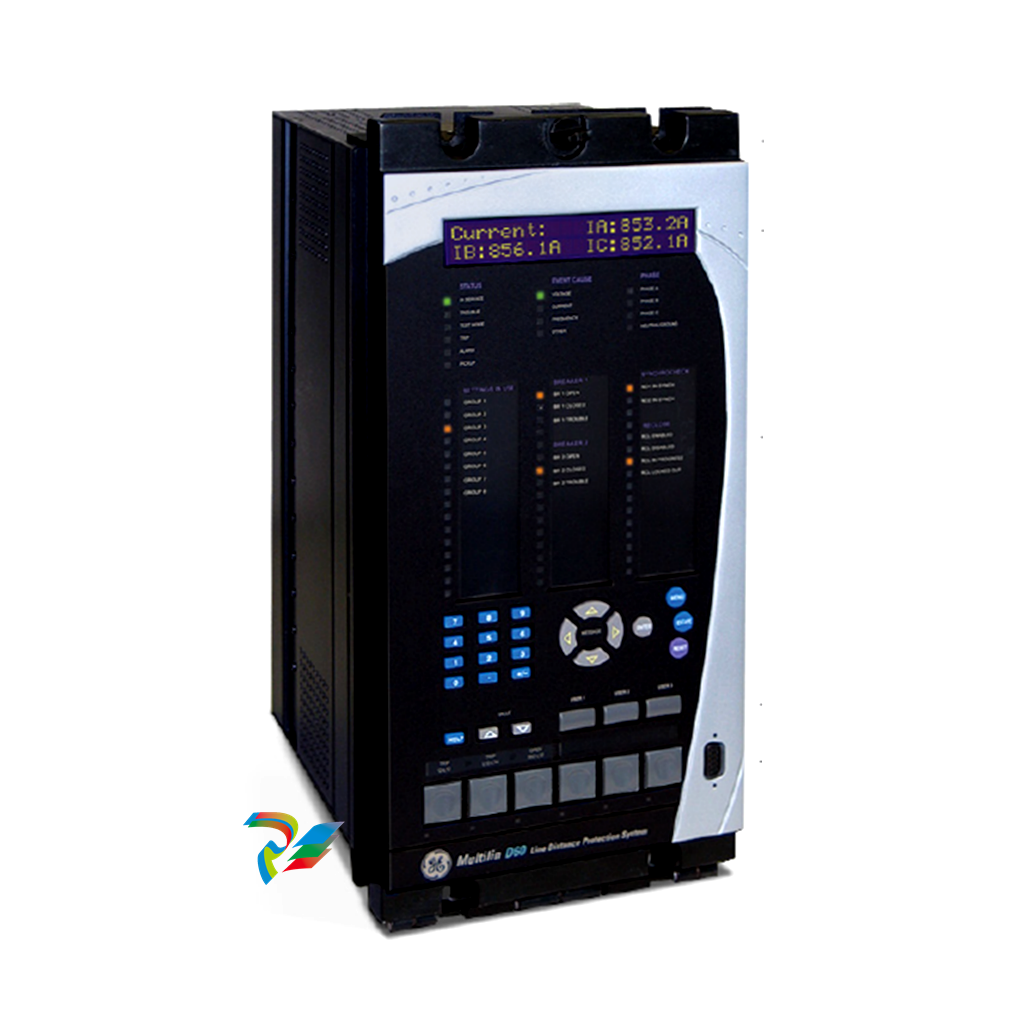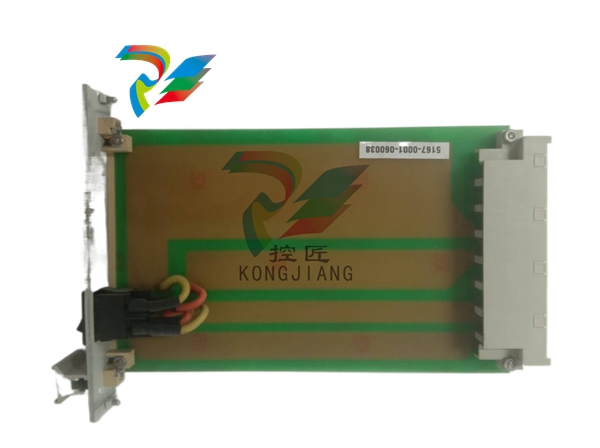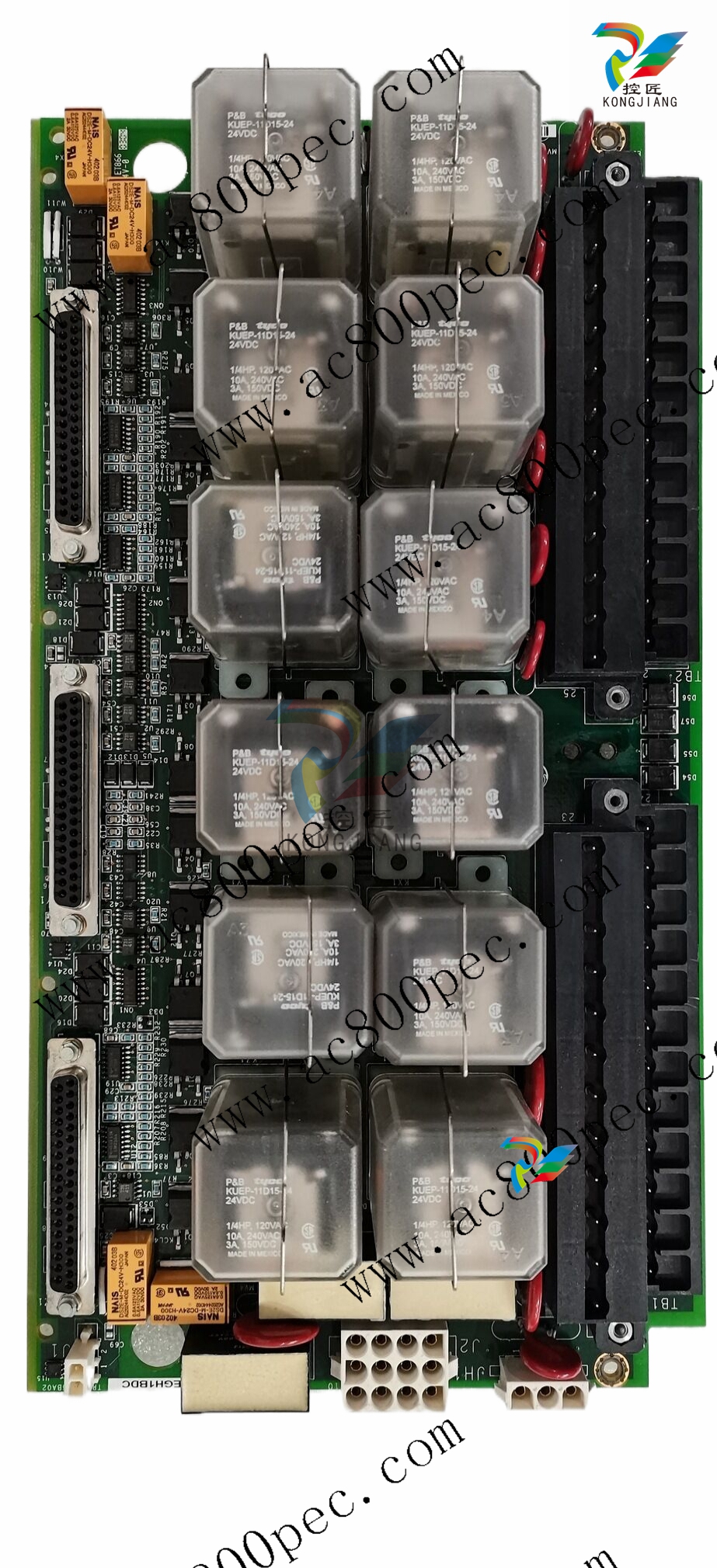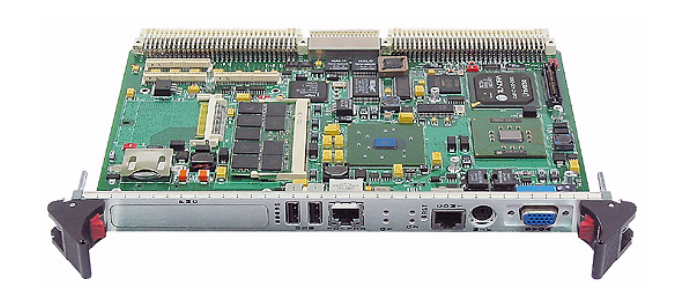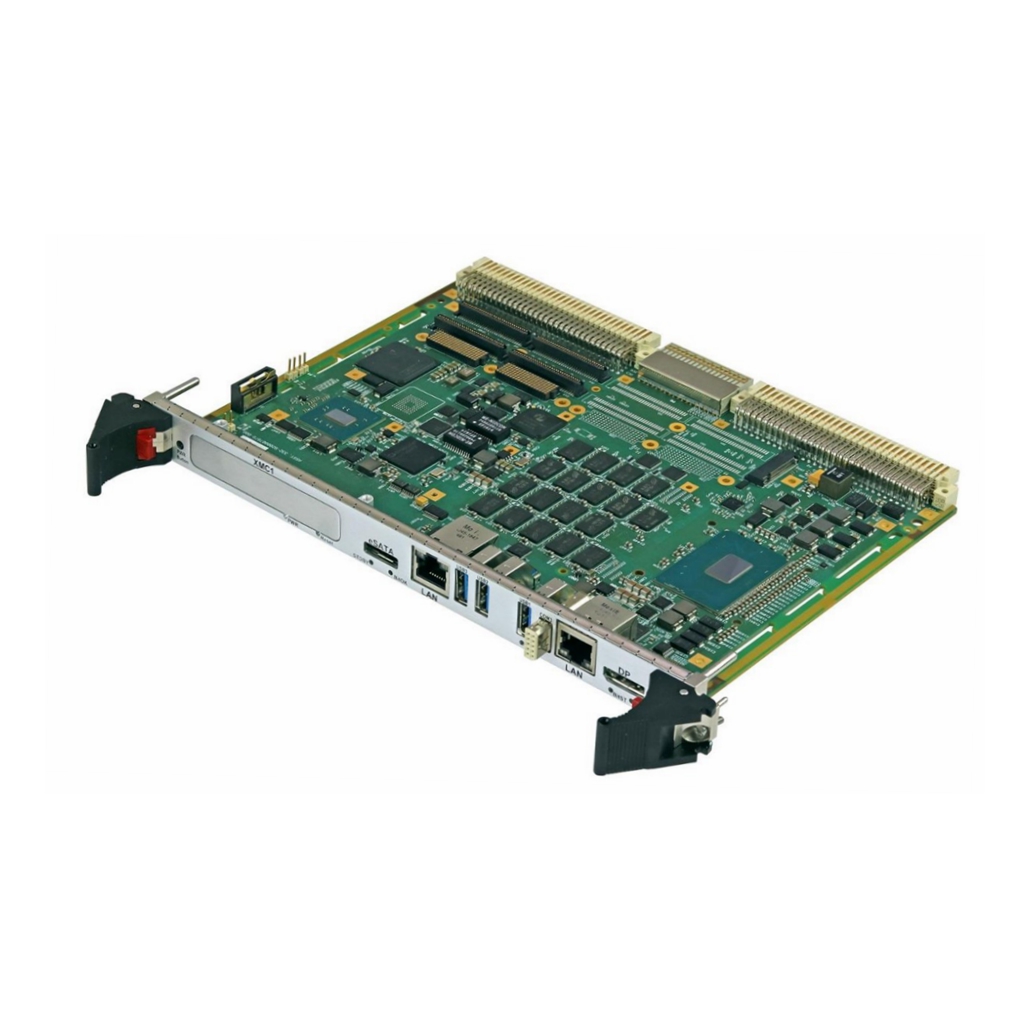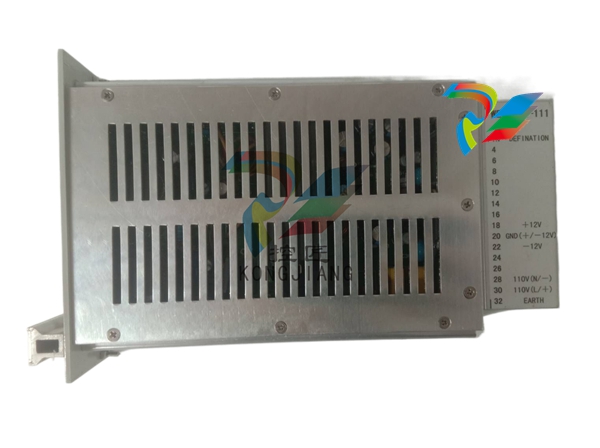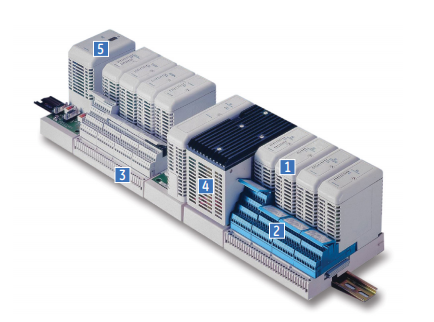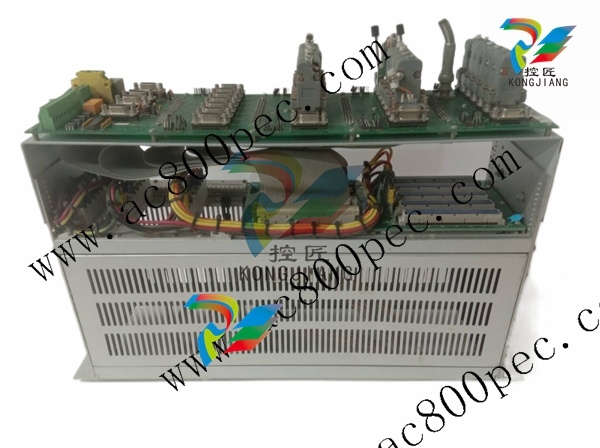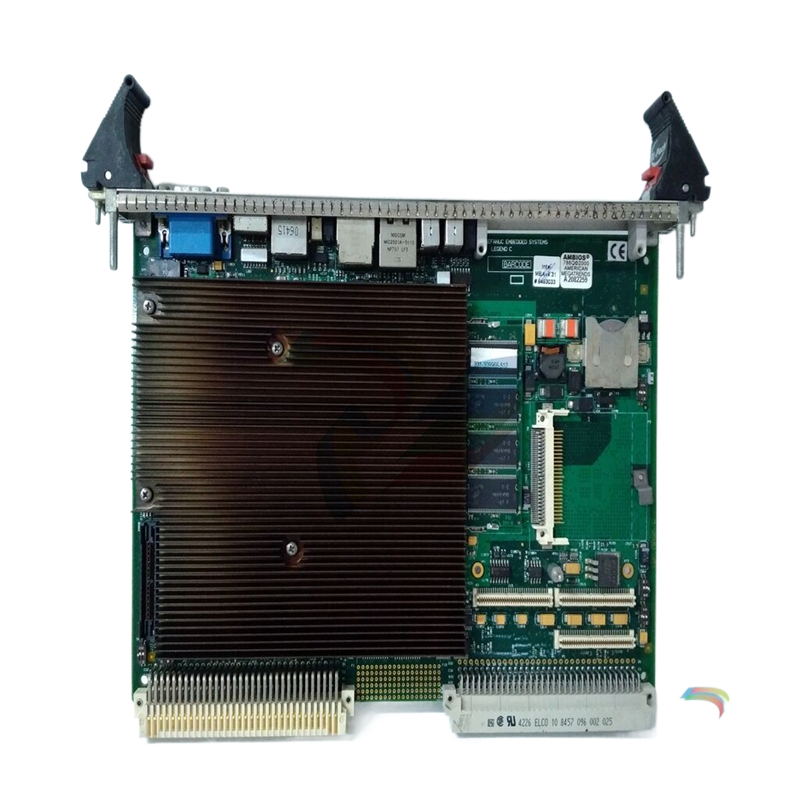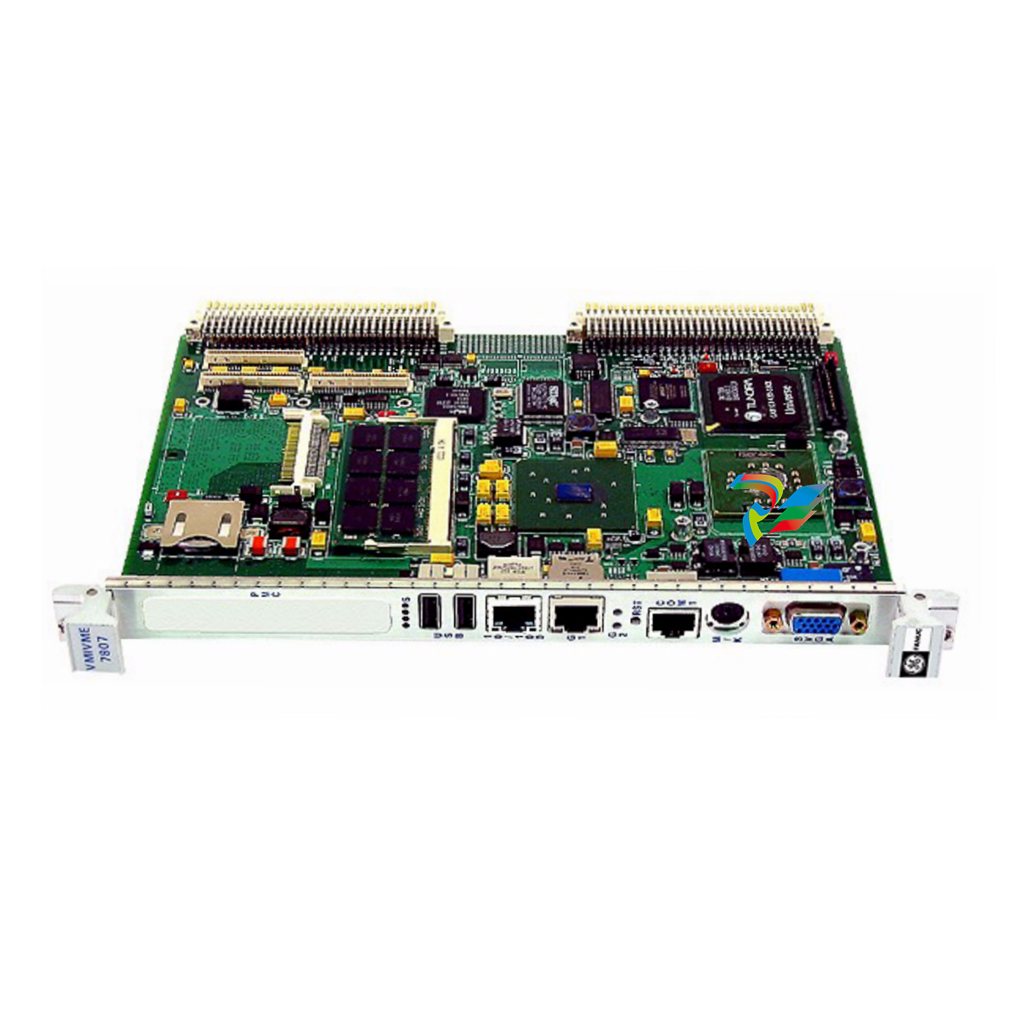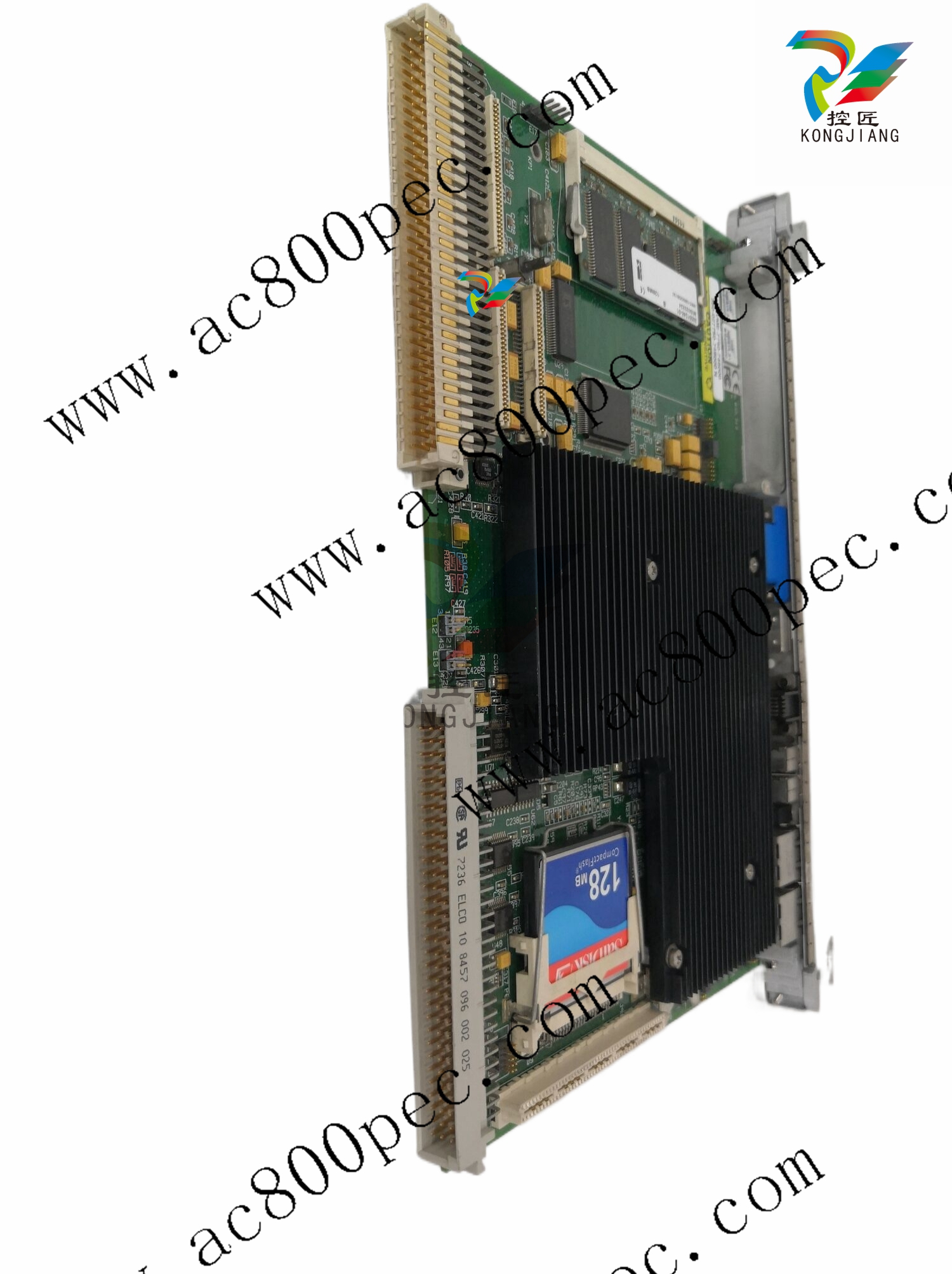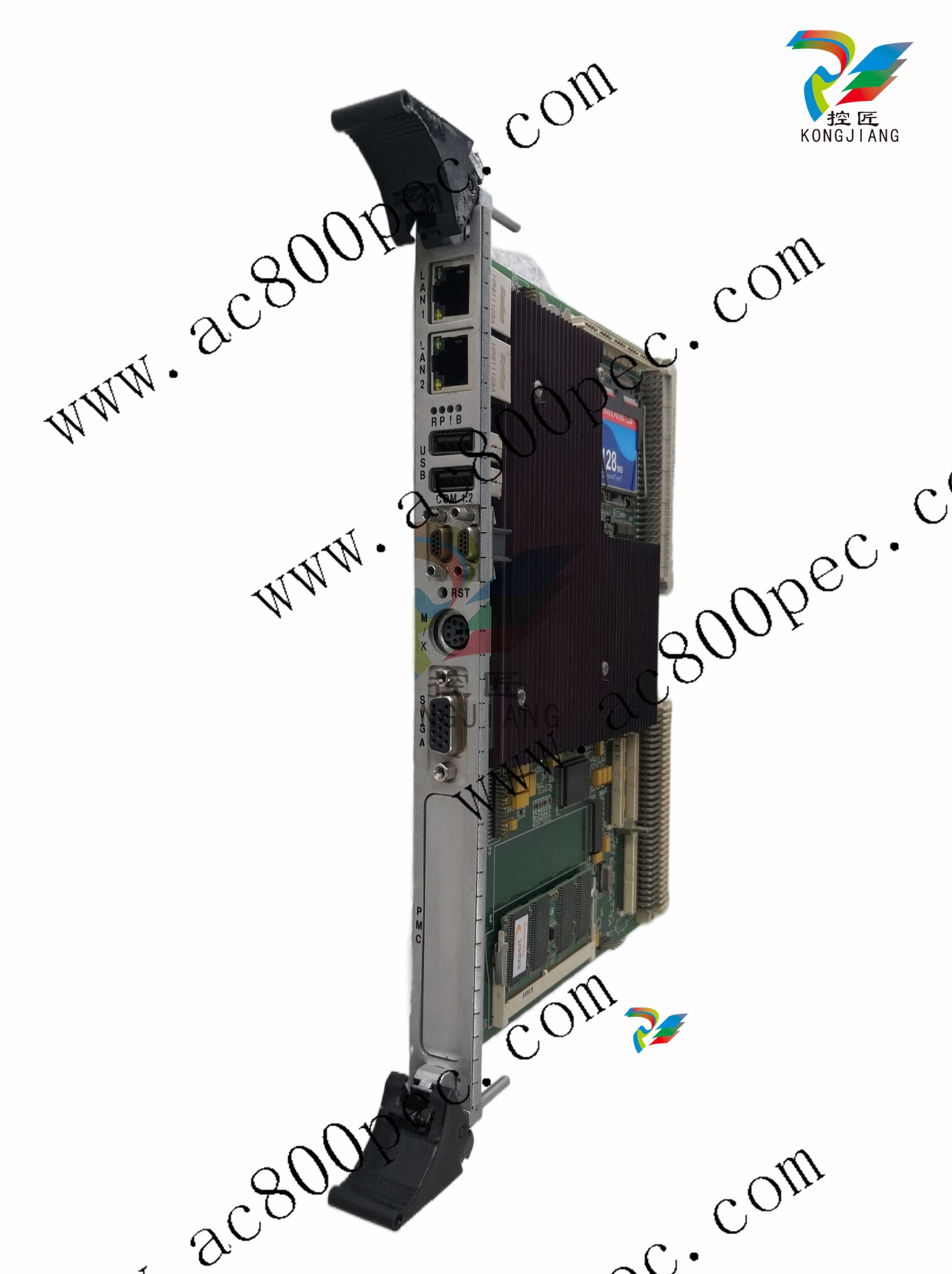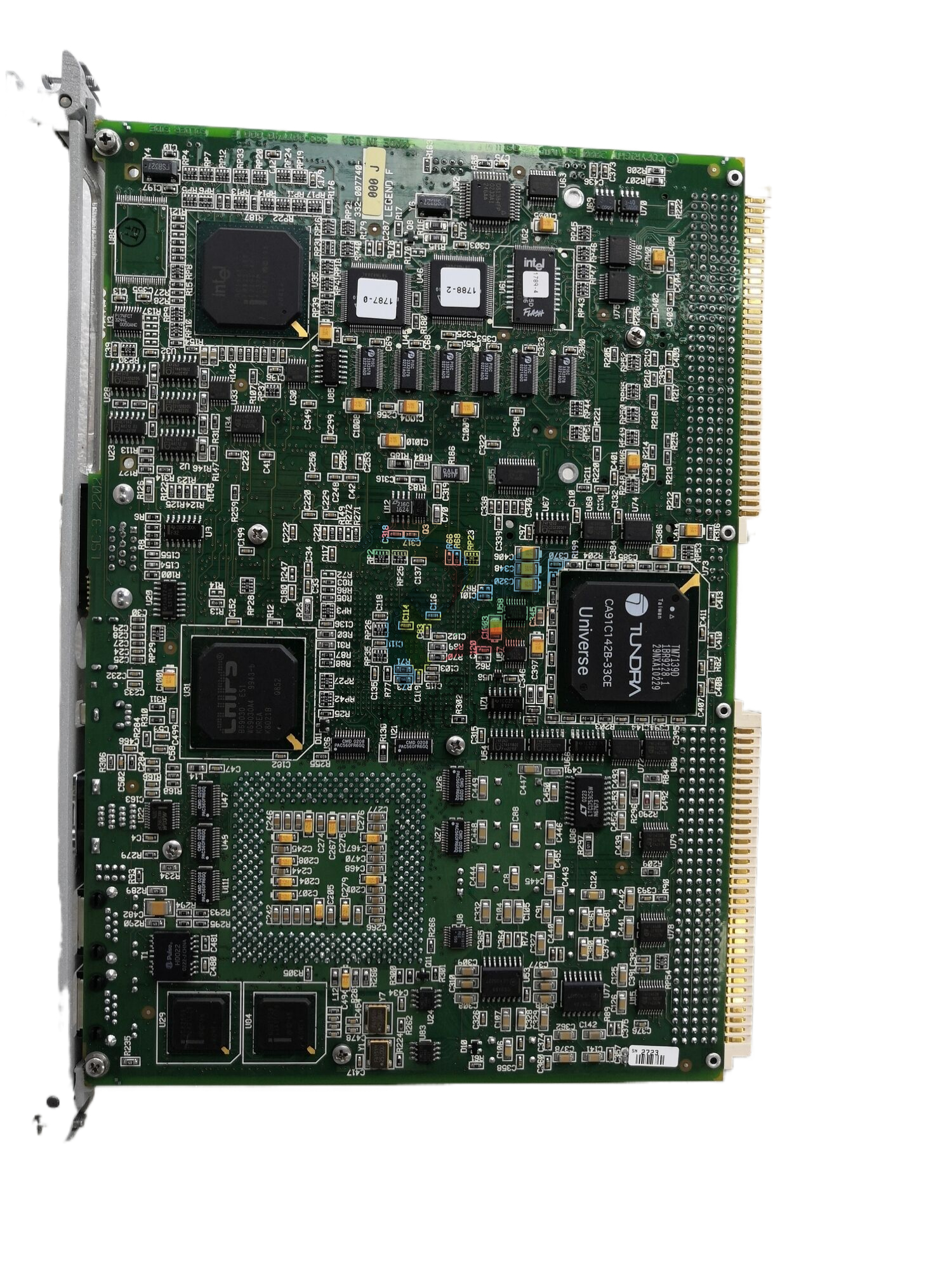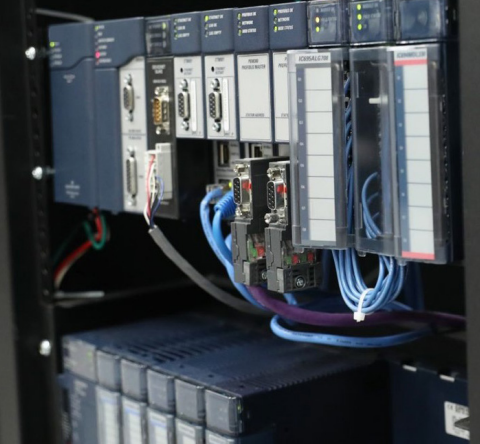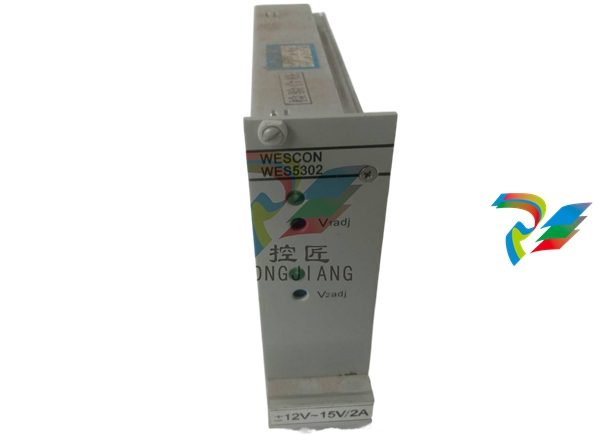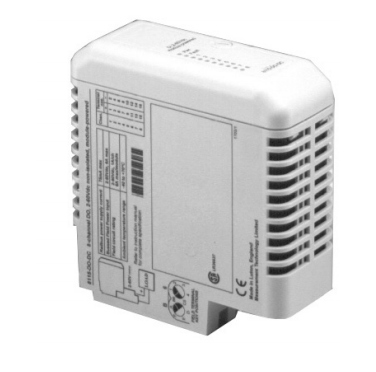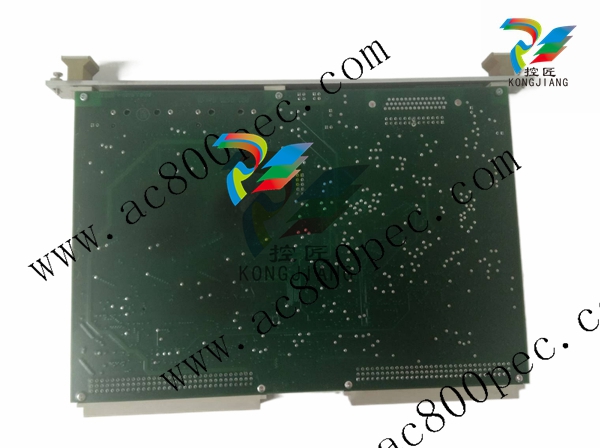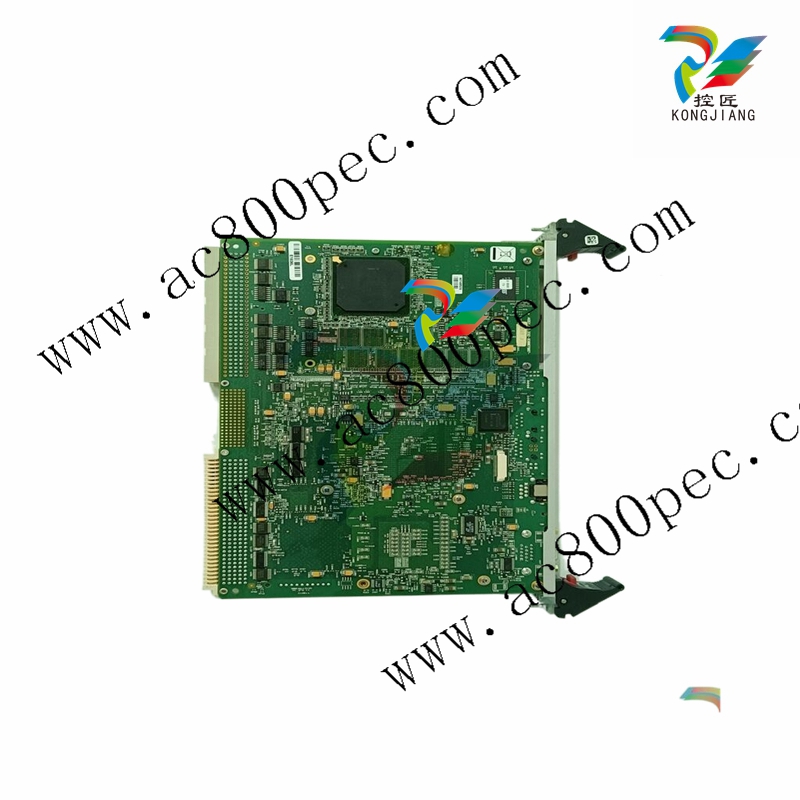
Edge Computing Fundamentals
Every manufacturer knows that unscheduled downtime is expensive. If one machine component fails, it can halt the entire production system, which could result in the loss of production time, raw materials and more.
Edge platforms can be deployed to learn expected machine behavior and fully automate preventive maintenance with triggers that identify anomalies in the production cycle such as power consumption, vibration and noise and temperature. Given that the most common challenge for smart factories is usually interoperability with infrastructure implementation, it is well worth prioritizing IIoT architecture that uses edge intelligence to integrate legacy machines and sensors into IT systems.
Use cases
As previously mentioned, the fundamental purpose of edge computing is to collect data from edge devices or “things.” But an edge computing platform offers several other use cases as well such as:
Executing business/application specific logic: As edge software runs near the devices, it makes sense to execute logic that uses data generated at the edge and makes real-time decisions. This ensures fast response and less resource usage compared to sending all data to cloud for decision making. The logic itself depends on the application. For example, consider a scenario where a chiller provides coolant to all shop floor machines. Edge software will decide chiller output level based on current load and send commands to the chiller.
Local visualization: Edge software can provide local visualization such as a human-machine interface (HMI) for plant people. Examples include:
Viewing production information
Viewing output of logic executed on edge
Viewing operator-provided downtime reasons.
Sending control commands: Control commands can originate from following sources:
As a result of logic executed in edge software.
As a result of logic executed in cloud server such as data analytics.
User-initiated commands such as starting or stopping a pump.
One of my favorites is the “machine interlock” feature. If a machine is down for more than a defined threshold, edge software will switch on an interlock output that prevents the operator from starting the machine unless they have entered a downtime reason.
Generating alerts: Edge software can generate alarms/alerts by evaluating data for various purposes. For example, perform continuous condition monitoring of devices and generate alerts for maintenance team.
Data transformation: Perform data transformation based on defined rules and send processed data to the cloud rather than raw data. This reduces data volume sent to the cloud and conserves bandwidth and cloud storage. For example, send average rather than raw data of parameters.
Send data to a third-party server: Sometimes data generated on the edge must be shared with third-party servers. The edge software is ideally suited for this purpose. It can do required data transformation and send data to the third-party server. For example, report emissions data to regulators.
Edge software architecture
The next decision is how the edge software should be architected, for example, what components it should offer one or more of the aforementioned use cases.
Figure 1 shows components in typical edge software. Each installation of the same edge software will have different components. Consider these examples:
Installation A uses OPC UA, EtherNet/IP drivers and edge processor 1.
Installation B uses Modbus TCP, Modbus RTU and OPC UA drivers; edge processor 1 and edge processor 2; and sends data to a 3rd party server.

Architecture of edge software must provide interfaces to plug in these different instances of components and have capability to orchestrate their execution. This is very critical. The individual instances of components will be developed using a base design or may be parameterized in some cases. An edge configuration tool allows users to define components that will go in a specific instance and configure them. The configuration tool normally runs in the cloud with a part of it running on the edge. This tool or a separate component handles device management and provisioning including over the air (OTA) updates. A key requirement is to ensure that edge software runs 24/7.
Edge computing in Industry 4.0
According to IoT Analytics, the number of connected IoT devices is expected to reach 14.4 billion by the end of 2022. Allied Market Research states that the global value of IoT in manufacturing products was $198.25 billion in 2020, with predictive maintenance applications commanding the largest share. Thanks in large part to advances in smart sensors and virtual and augmented reality, the demand for real-time asset monitoring will boost the overall value to $1,495.65 billion by 2030, at a compound annual growth rate of 22.6 percent from 2021.
With exponentially more IoT devices collecting, analyzing and processing more data and information, the need for edge computing can only increase in an effort to reduce latency and increase speed. With the edge orchestrating, aggregating and trimming data on the fly, companies will rely on the cloud for long-term storage and cost-efficient compute. The toughest decision corporations will face is choosing which data points are worth real-time analysis on premise, which need long-term storage and analysis in the cloud and, most importantly, which data needs no analysis at all.
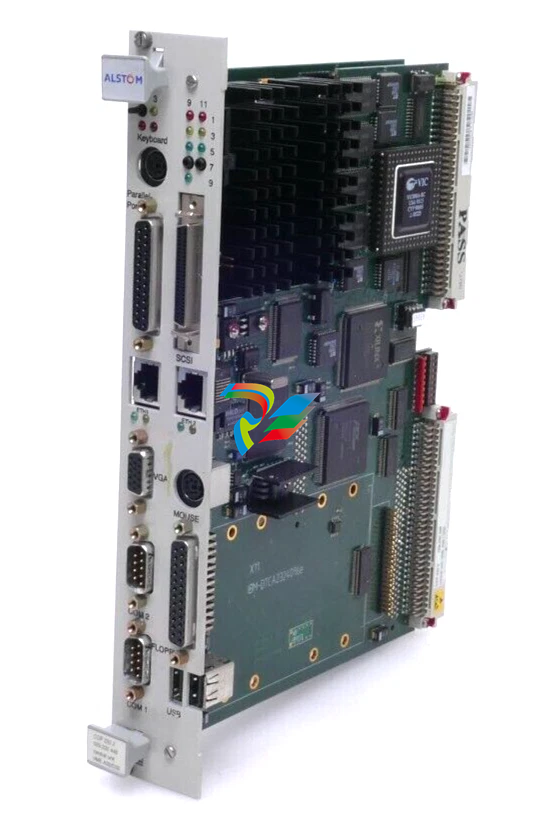
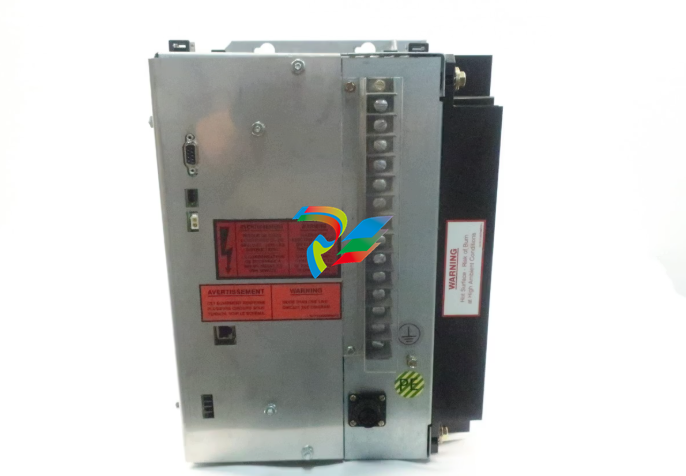
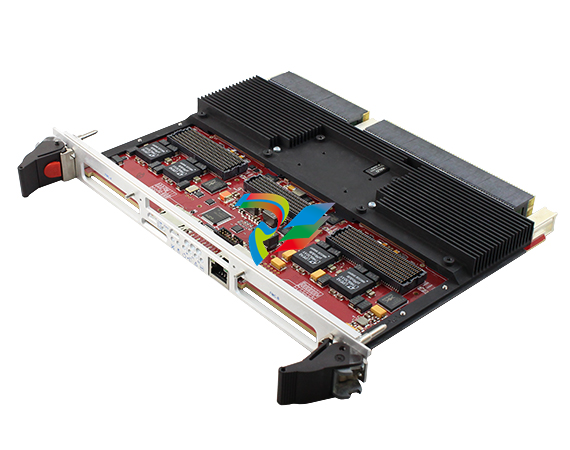
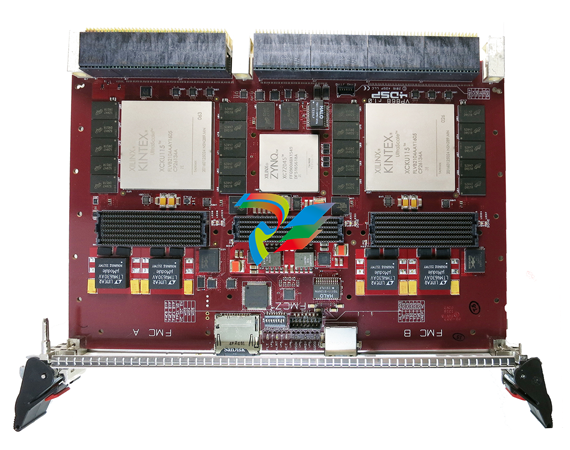
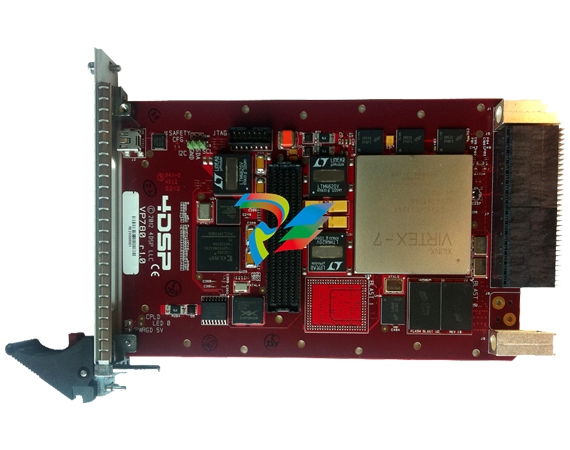
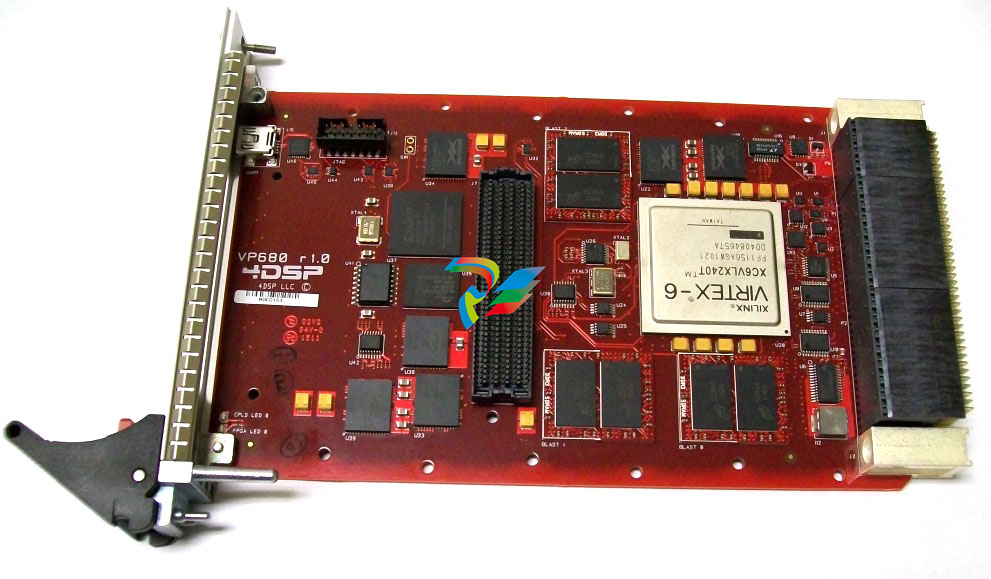
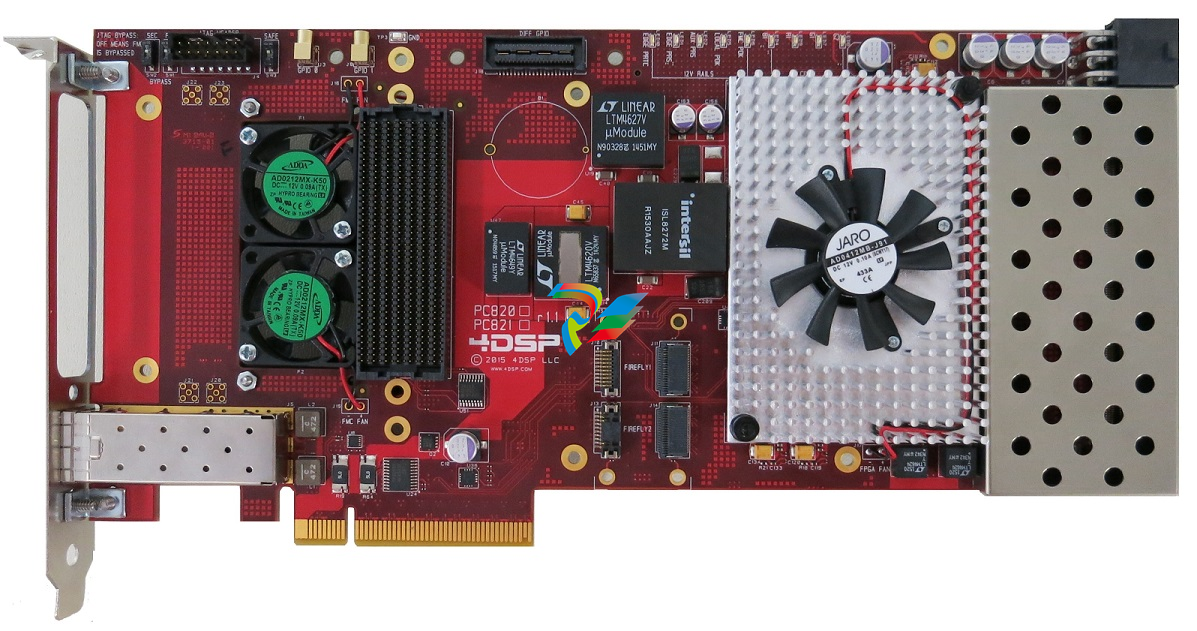
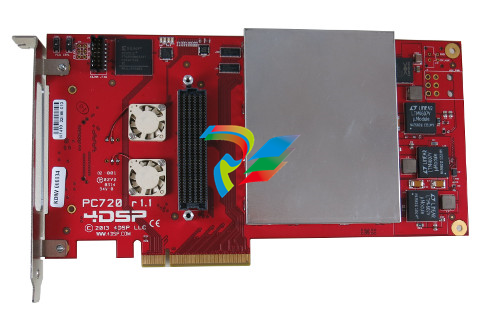
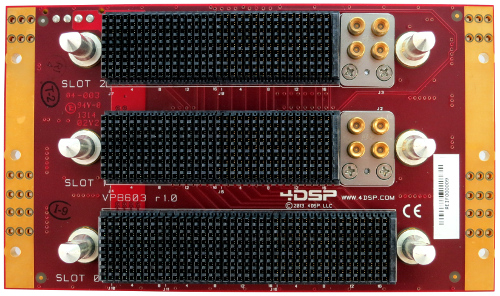
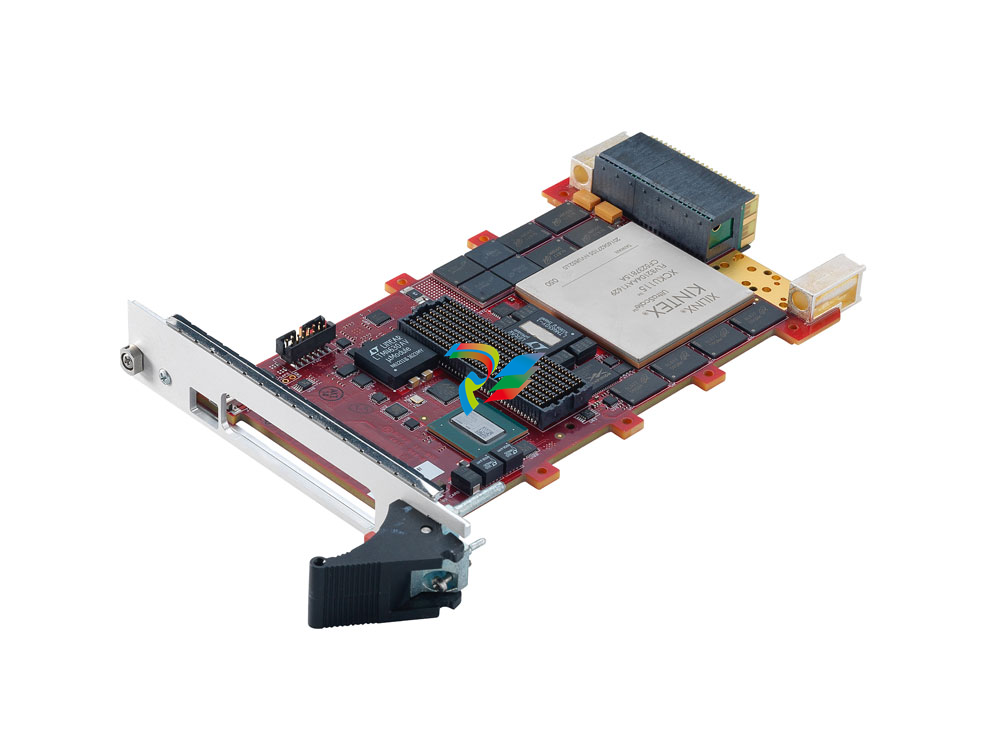
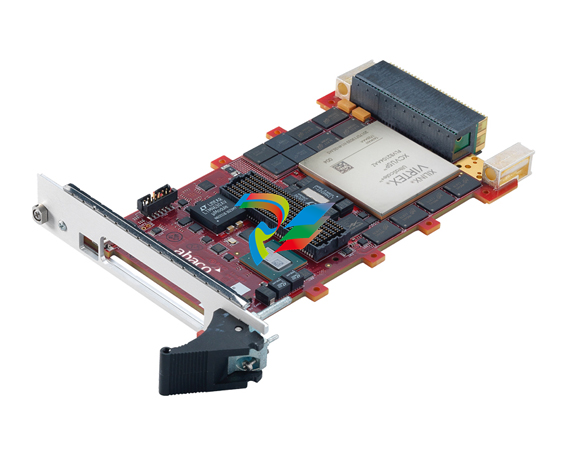
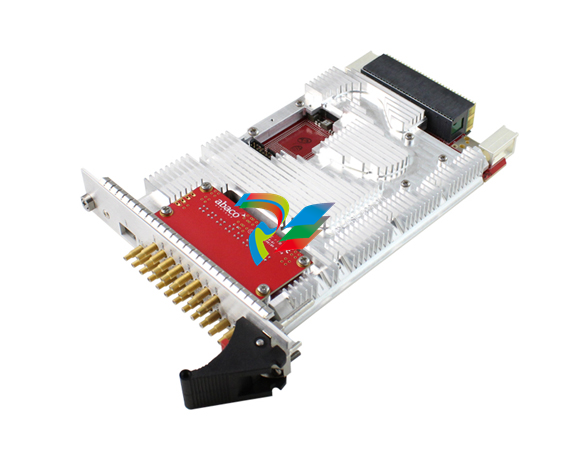
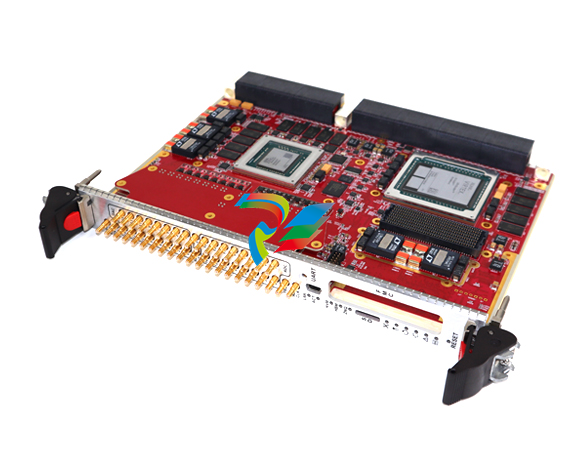
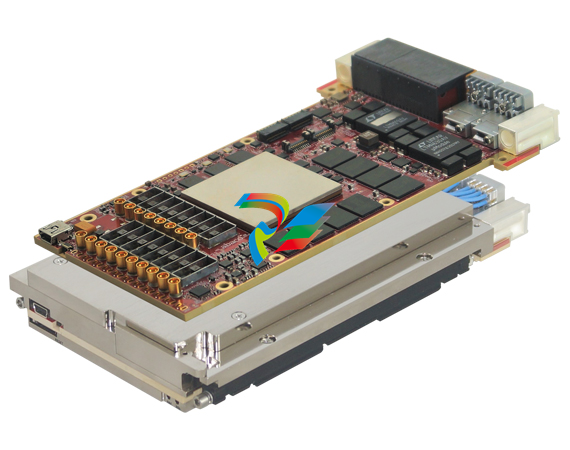
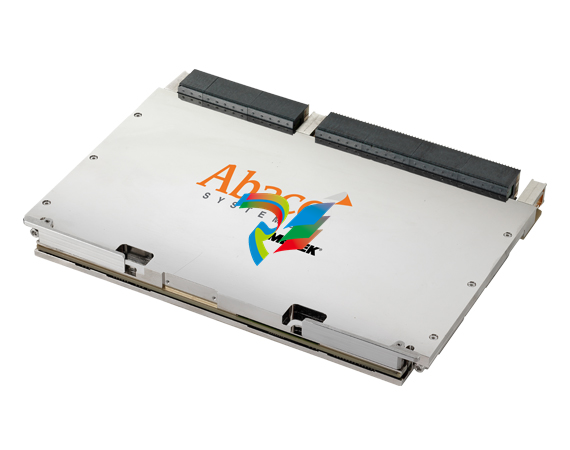
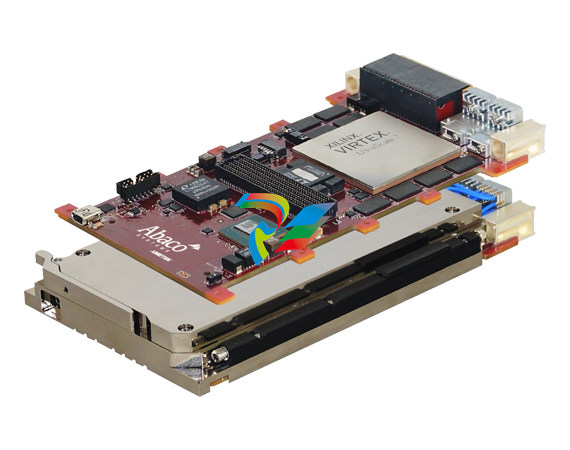
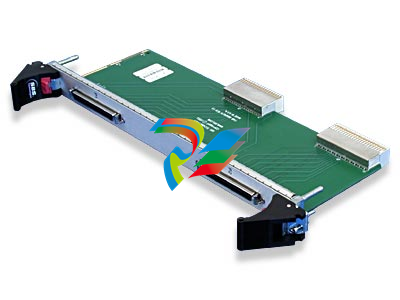

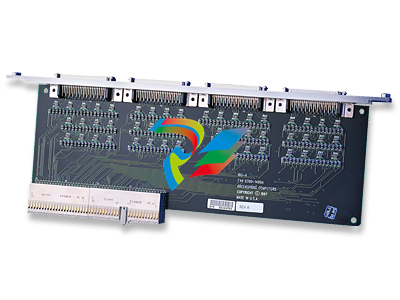
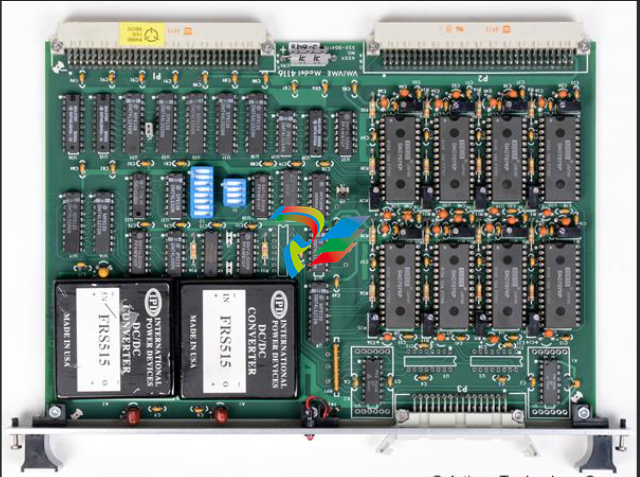
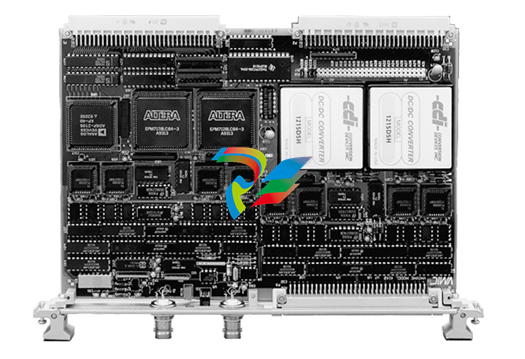
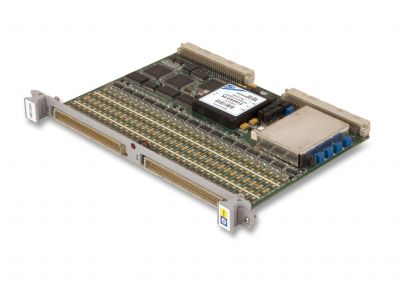
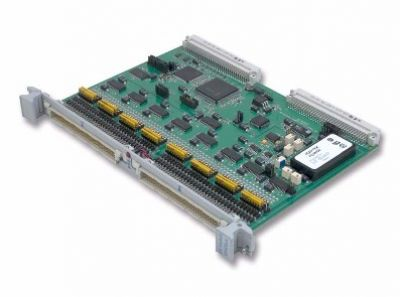
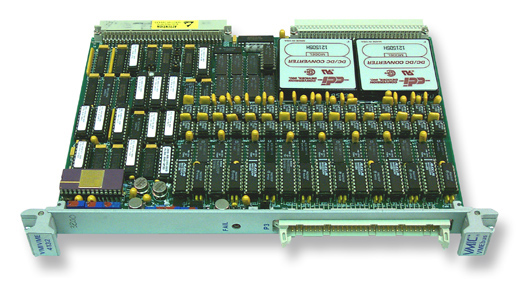
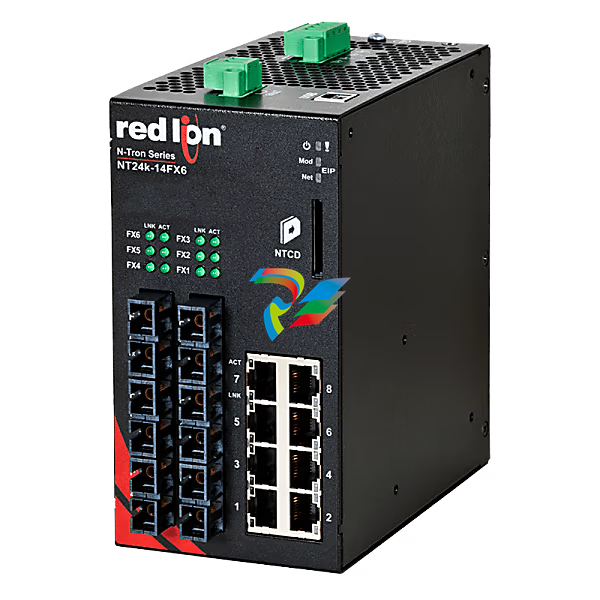
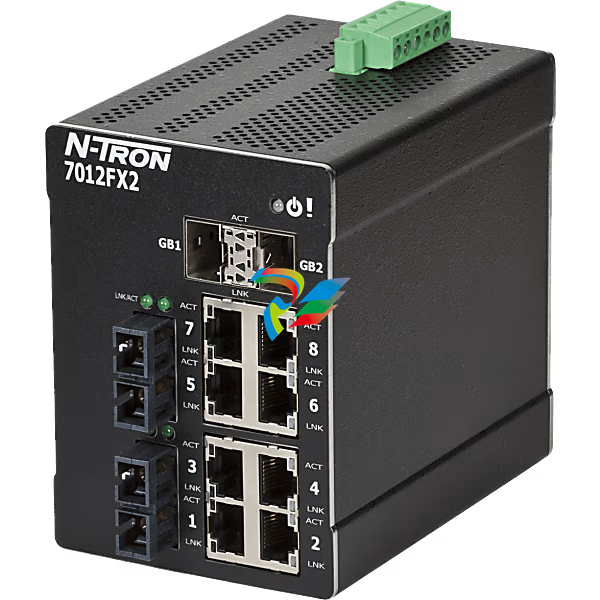
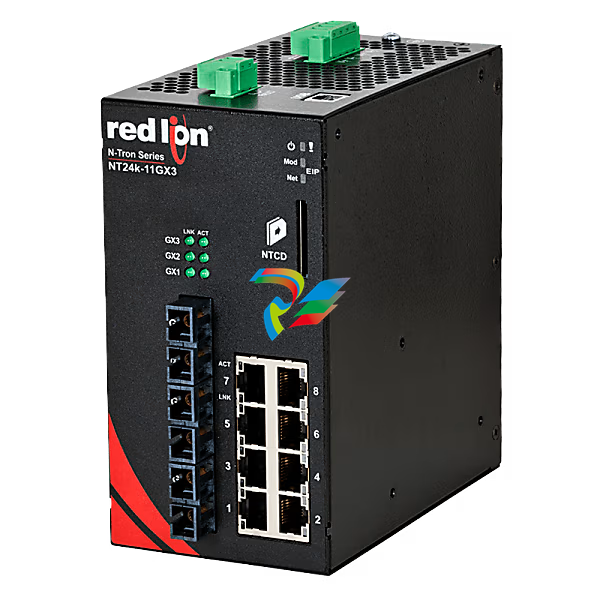
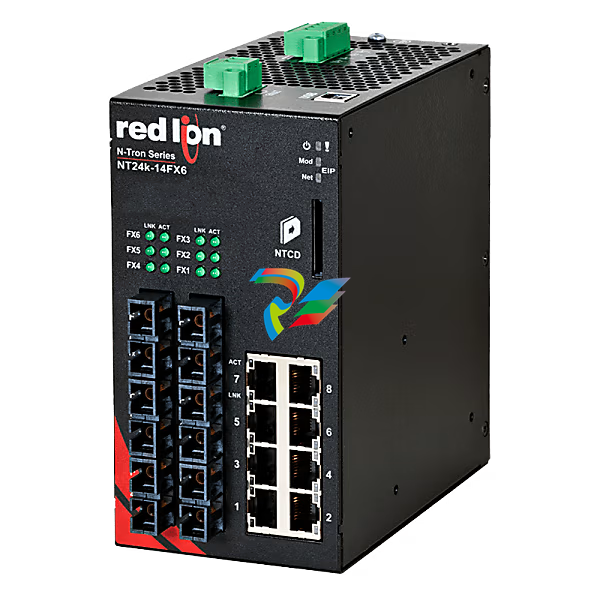
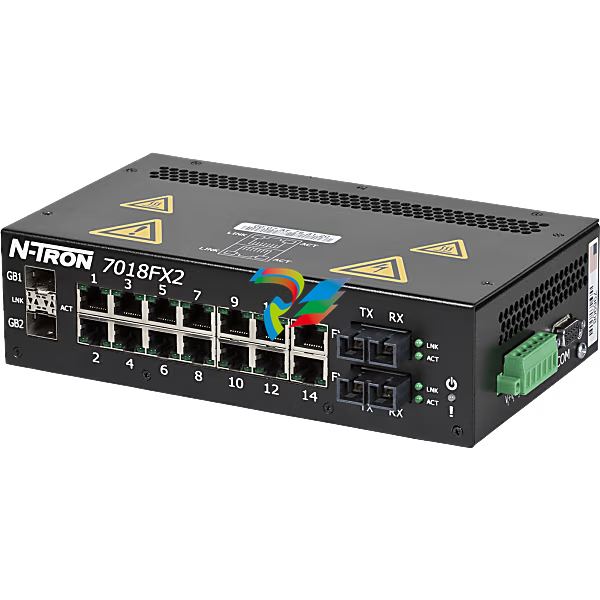
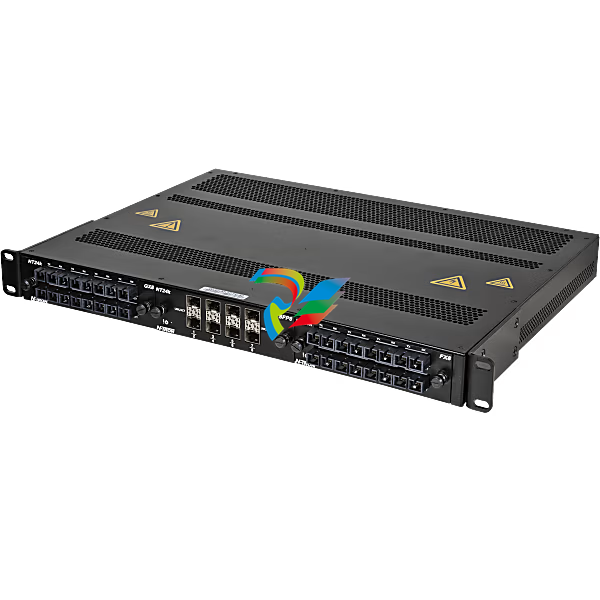
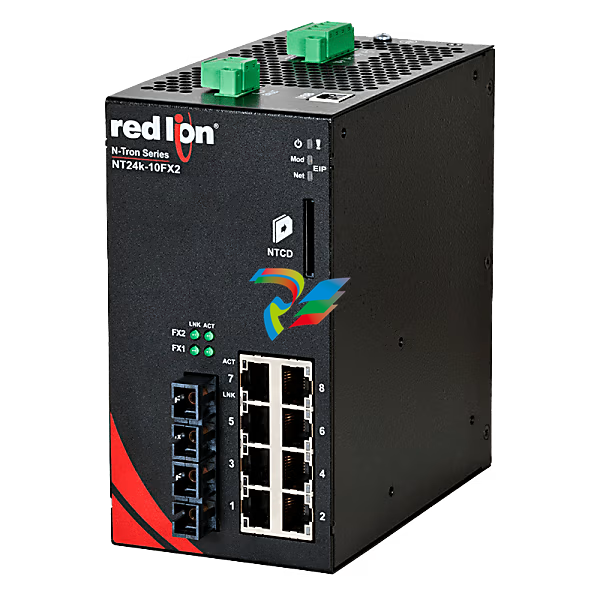
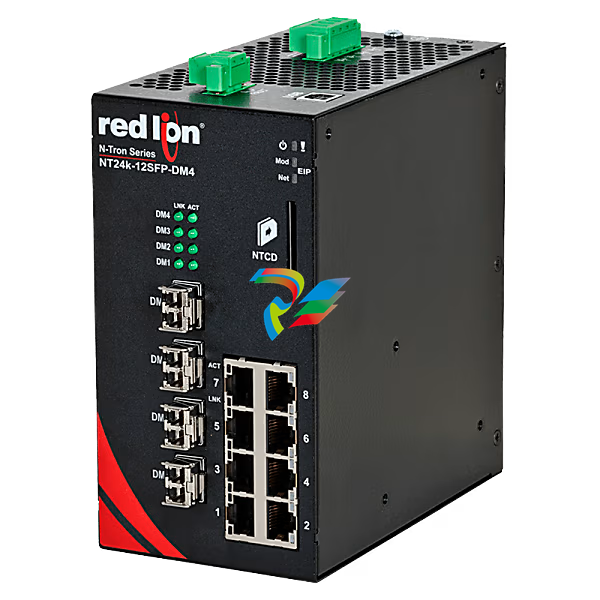
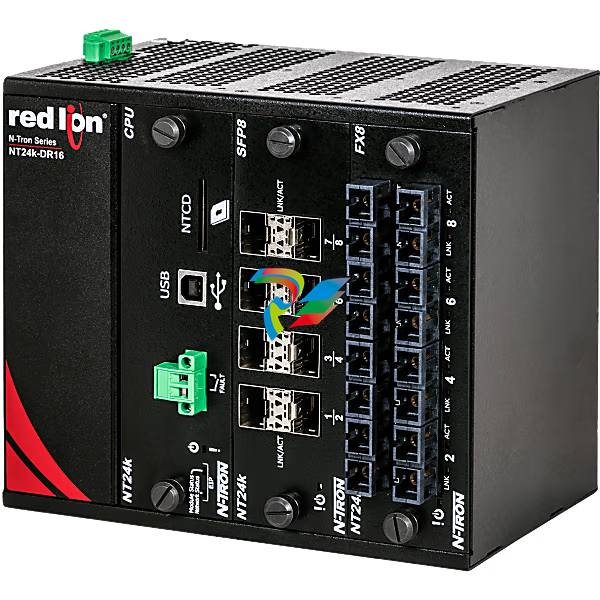
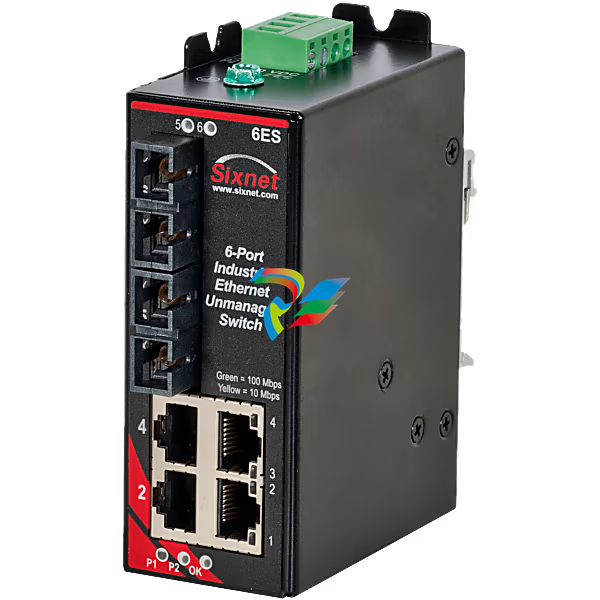
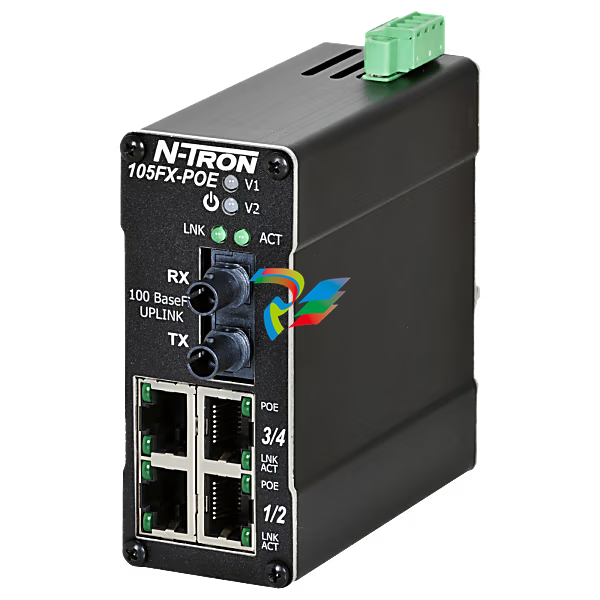
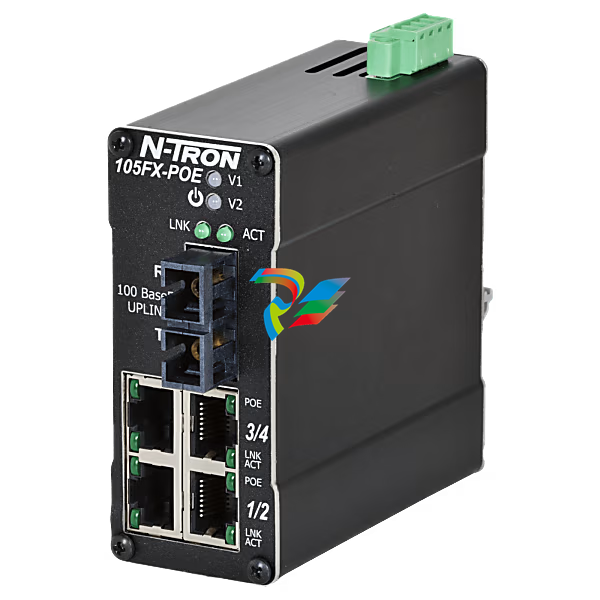
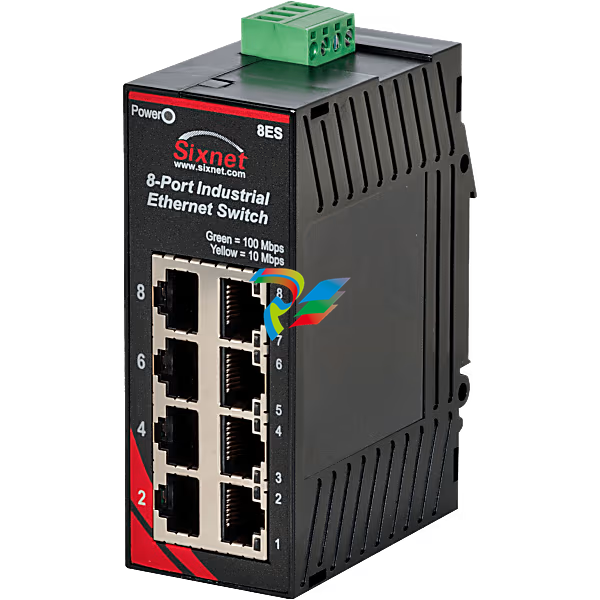
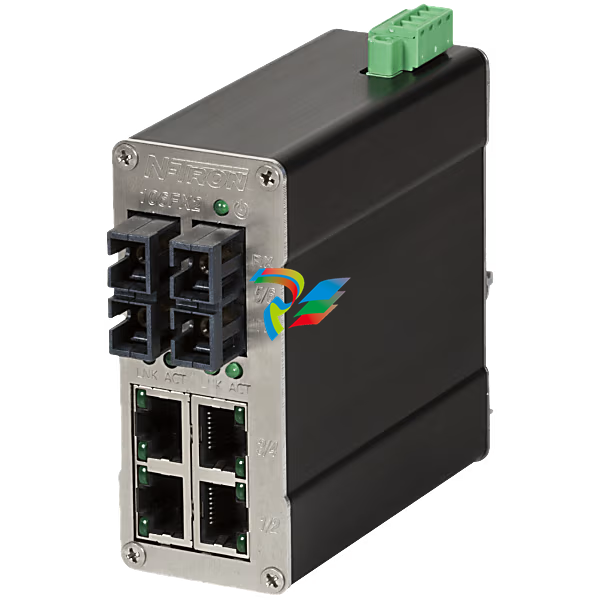
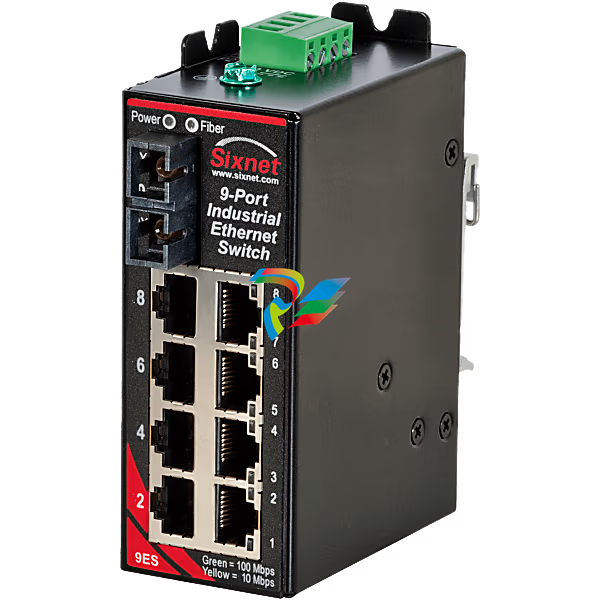
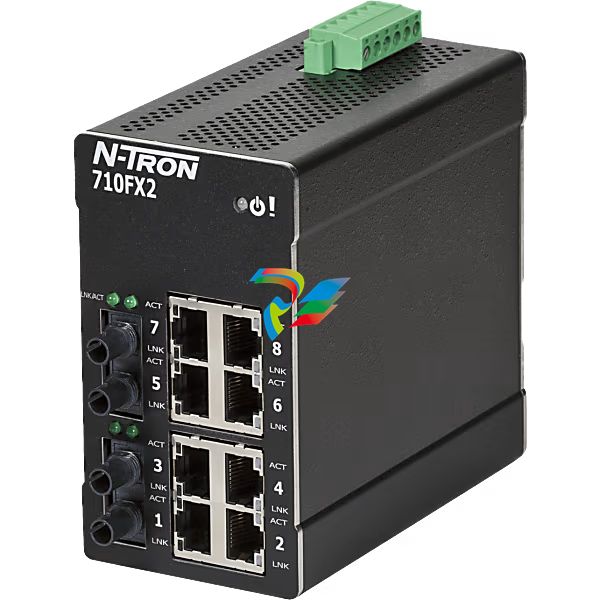
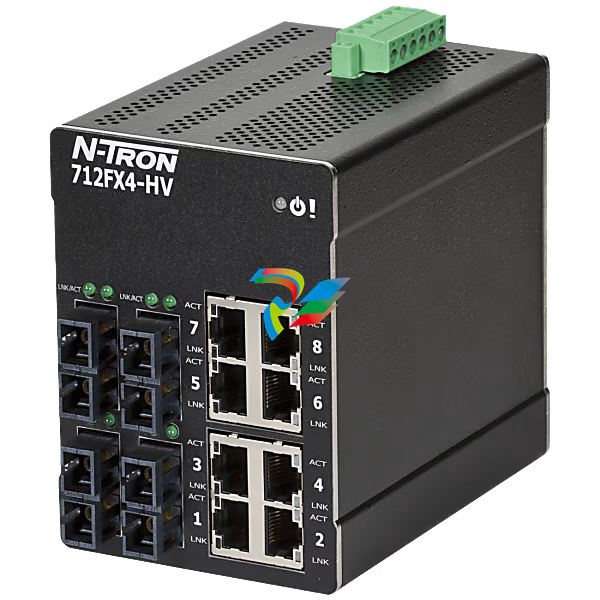
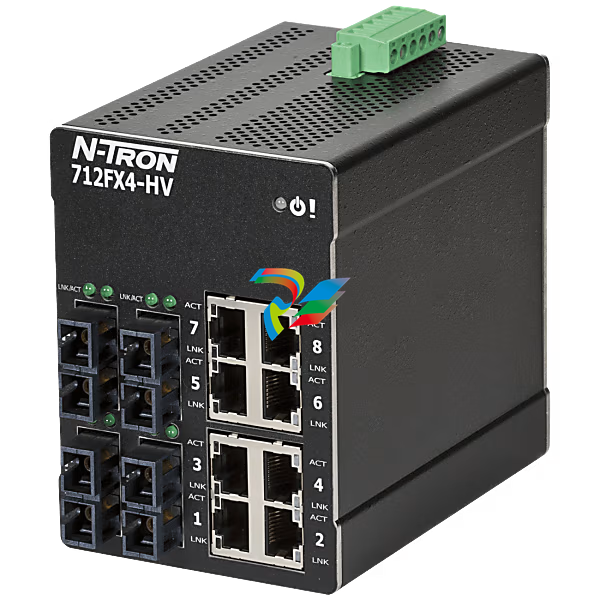
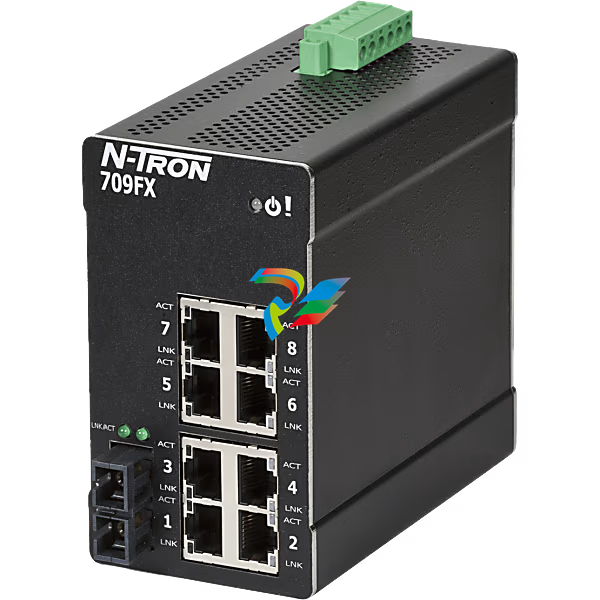
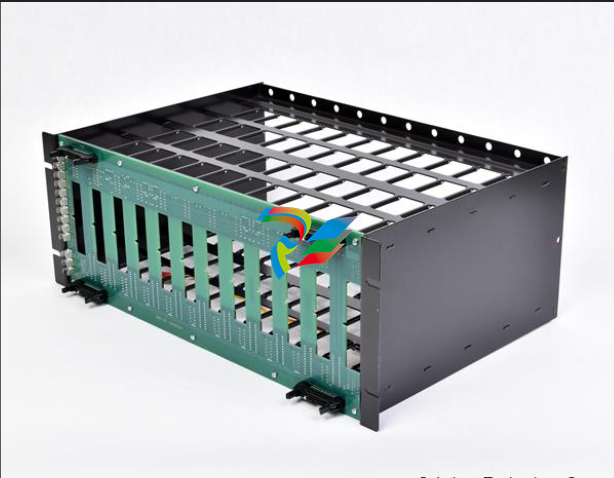
.png)

